The Ultimate 3 Week Peru Itinerary – How to Plan a Trip to Peru
Peru is one of the most visited countries in South America. In this guide we’ve put together the perfect 3 week Peru itinerary including beautiful cities such as Lima and Arequipa, crazy adventures like sandboarding in Huacachina, wildlife spotting in Paracas, hiking iconic trails such as the Salkantay Trek and of course visiting one of the new Seven Wonders of the World: Machu Picchu.
Peru is one of the most diverse countries we’ve ever visited. One day you could be in a desert oasis and the next you’ll be surrounded by the Amazon Jungle or the snow-capped peaks of the Andes. There’s something for everyone in Peru whether you’re an outdoor enthusiast, history lover or passionate foodie. We hope that our 3 week Peru itinerary will help you to plan your unforgettable adventure.
We also documented all of our adventures on YouTube where you can now watch the entire Peru Series for some visual inspiration.
Disclosure: This post may contain affiliate links, which means we may receive a small commission if you click a link and purchase something. Clicking these links won’t cost you anything, but it will help us to keep this site up and running! Learn more about our affiliate policy.
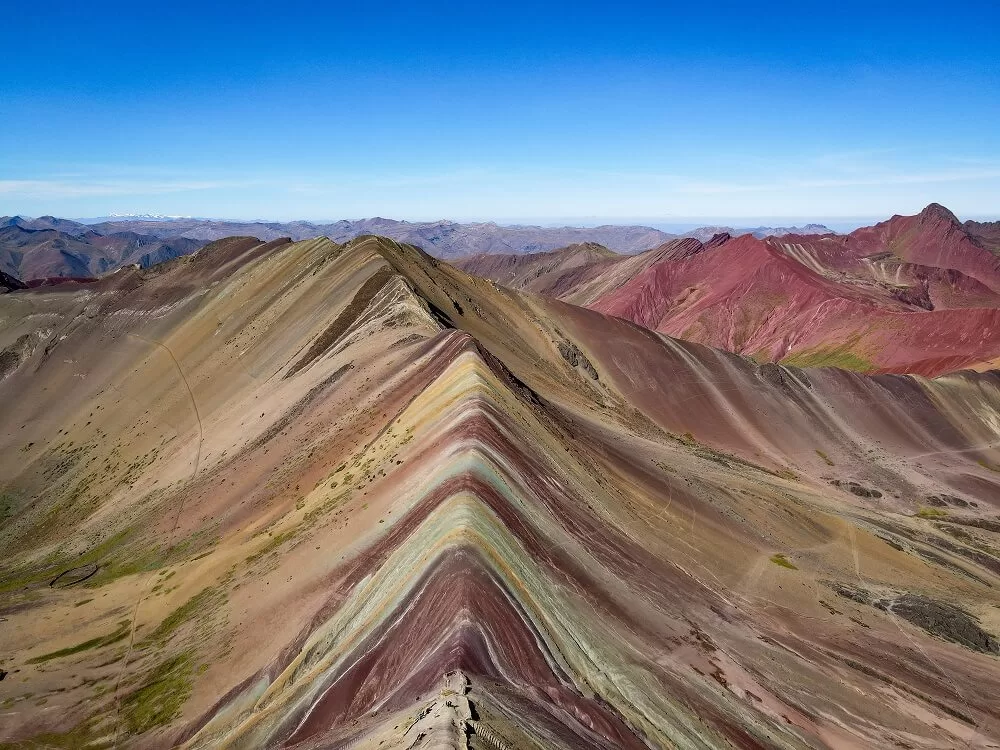
How to Start Planning Your 3 Week Peru Itinerary
We totally appreciate that Peru is a huge and very diverse country, filled with endless places to visit. So, if you have a short amount of time, it can be tricky to cram everything in.
Below we’ve highlighted a few points that you should consider as you’re planning your trip:
Step 1: Entry and Exit Points in Peru
The way we suggest starting to plan your 3 week Peru itinerary is to know your entry and exit points from the country. Are you only visiting Peru and flying in and out of Lima? Or are you on a backpacking trip across South America? This means you might be crossing the land borders from Ecuador or Bolivia. If so, your itinerary might be slightly different and you could start from one end of the country and exit at the other.
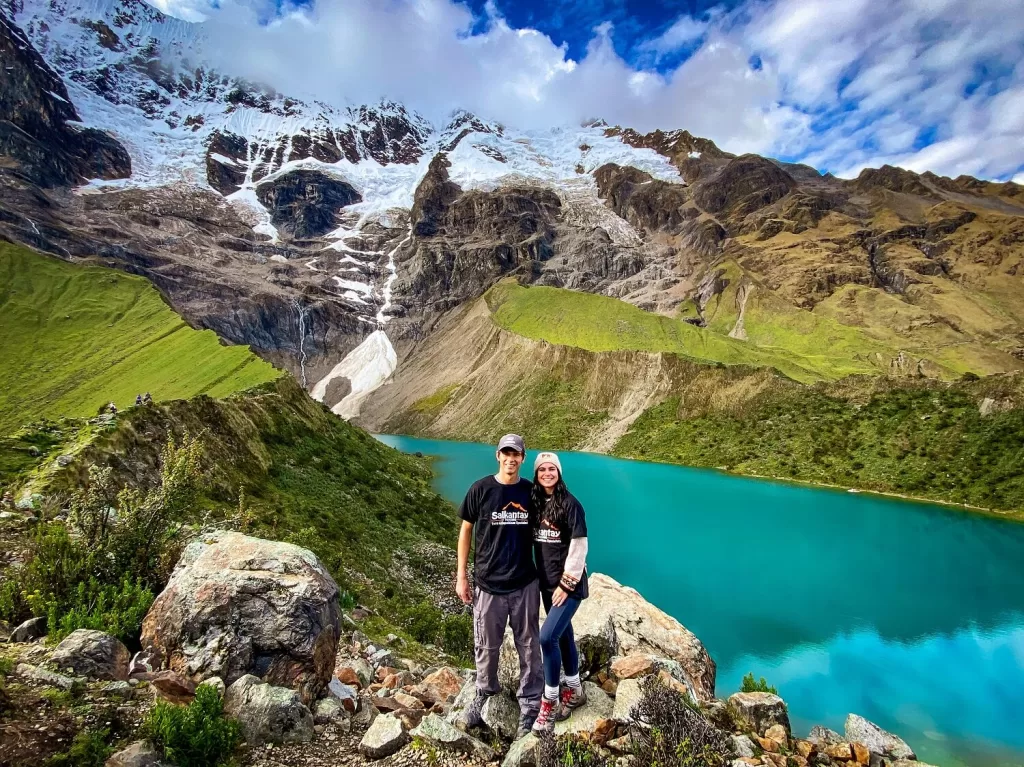
Step 2: Your Personal Interests
It’s also important to think about your interests. We’re pretty sure that one of the reasons for your visit is to see Machu Picchu. Did you know that there are MANY ways you can reach Machu Picchu? So, the question you need to ask yourself is: would you want to complete a trek, a shorter hike or are you not a keen hiker at all and would prefer to visit with a day trip from Cusco?
The same method can be applied to other places in Peru too. For example, would you want to visit the Amazon Jungle or complete other treks in Huaraz? If so, then you need to calculate how many days you’d need in total.
Once you know the answer to these questions, then you’ll know how many days they would take up from your 3 week Peru itinerary.
In case you have a very limited time in Peru, we recommend joining some organised multi-day tours. That way you won’t have to worry about planning, and you can fully enjoy your time in this incredible country.
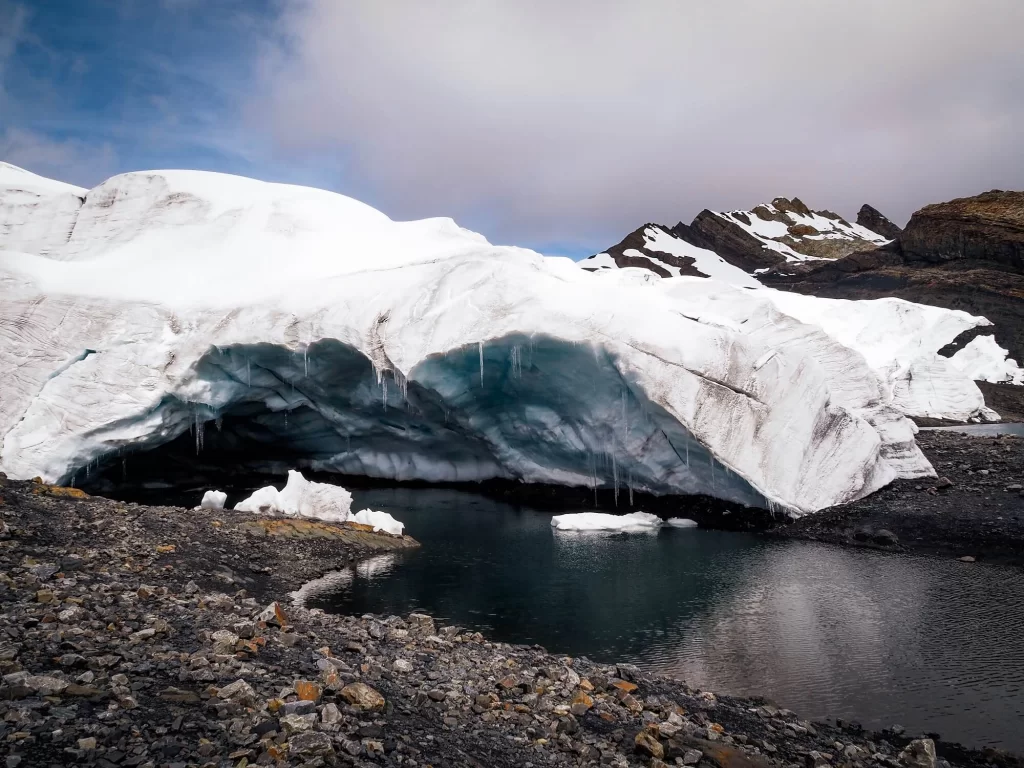
Step 3: Acclimatisation Time in Peru
Once you have your number of multi-day adventures finalized, see how many days you’re left to play with. We’d also like to emphasize that you should take into consideration some acclimatisation time.
Places like Arequipa, Cusco, Puno and Huaraz are located at high altitude. Therefore, it’s important that you acclimatise before completing any high-altitude hikes and day trips like the Colca Canyon, Inca Trail, Salkantay Trek or the Rainbow Mountain day hike.
Trust us, you don’t want to feel ill during your time in Peru.
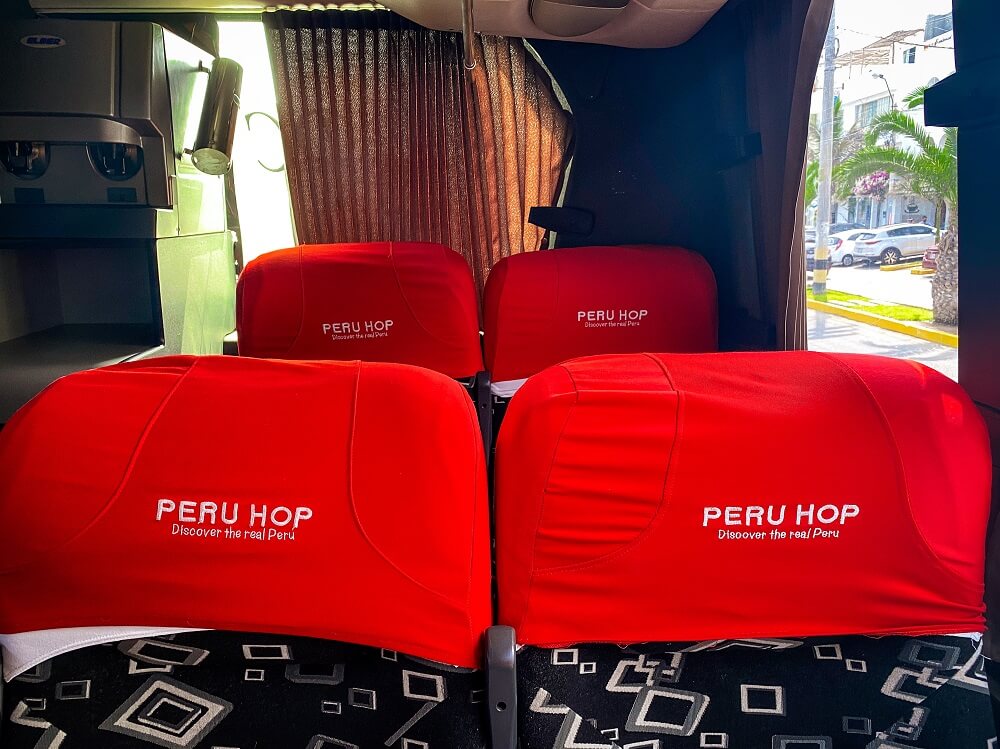
Step 4: Method of Transport in Peru
Lastly, don’t forget that Peru is huge. This means that travel distances are much greater than anywhere in Europe for example.
It’s good to decide how you’d like to get from A to B and check what viable options there are.
Flying to certain places in Peru is definitely the fastest method. However, it is way more expensive and there are many popular places that don’t even have an airport. So you’d have to take another method of transport to get there.
Whilst driving gives you more freedom and also allows you to access some off-the-beaten path places, driving in Peru looked pretty frantic. The distances are long and the narrow mountain roads can be dangerous. Renting a car might be a great option for short trips, but we personally wouldn’t choose to travel across the country in a hire car.
There are a few trains across Peru, which could be a great novelty experience. So we recommend checking out your options. Train travel will still be more expensive though, and again, you can only access a handful of places. Check trains with PeruRail.
Without doubt, travelling by bus will be your go-to method of transport in Peru. Buses are the cheapest and best way to get around the country.
Read Next: A Guide to Bus Travel Around Peru.
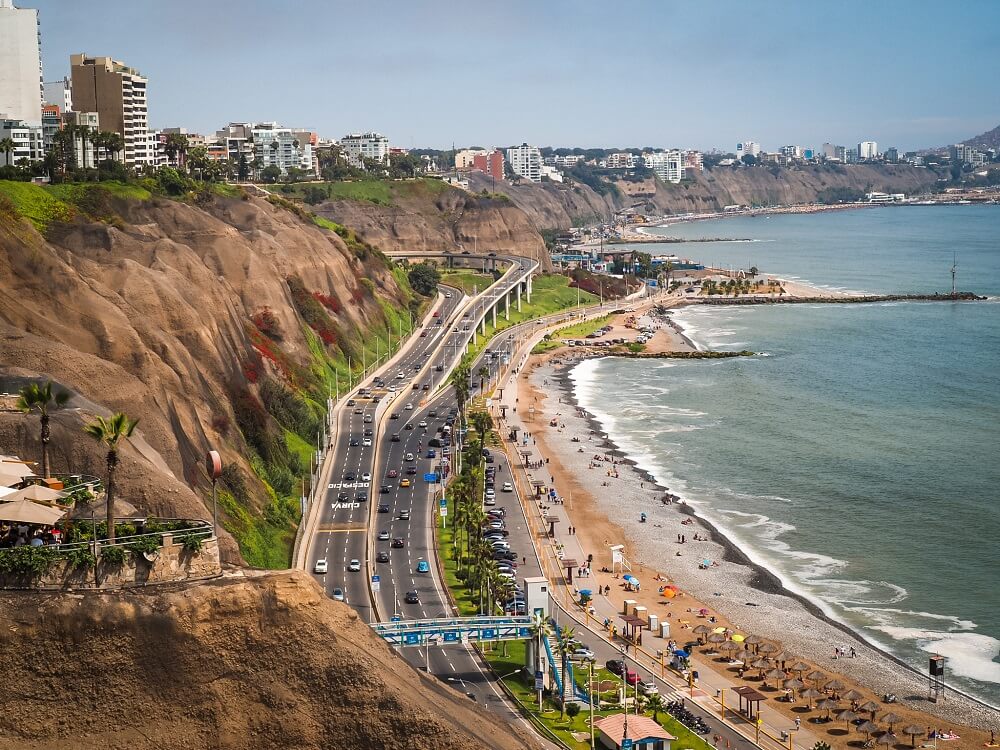
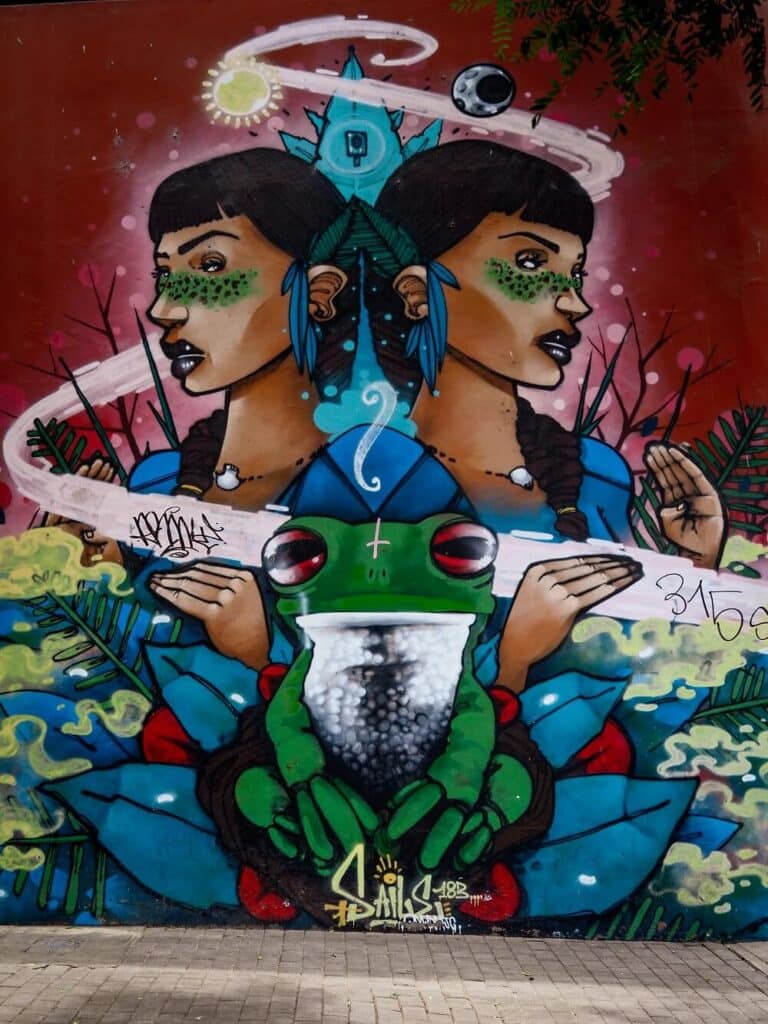
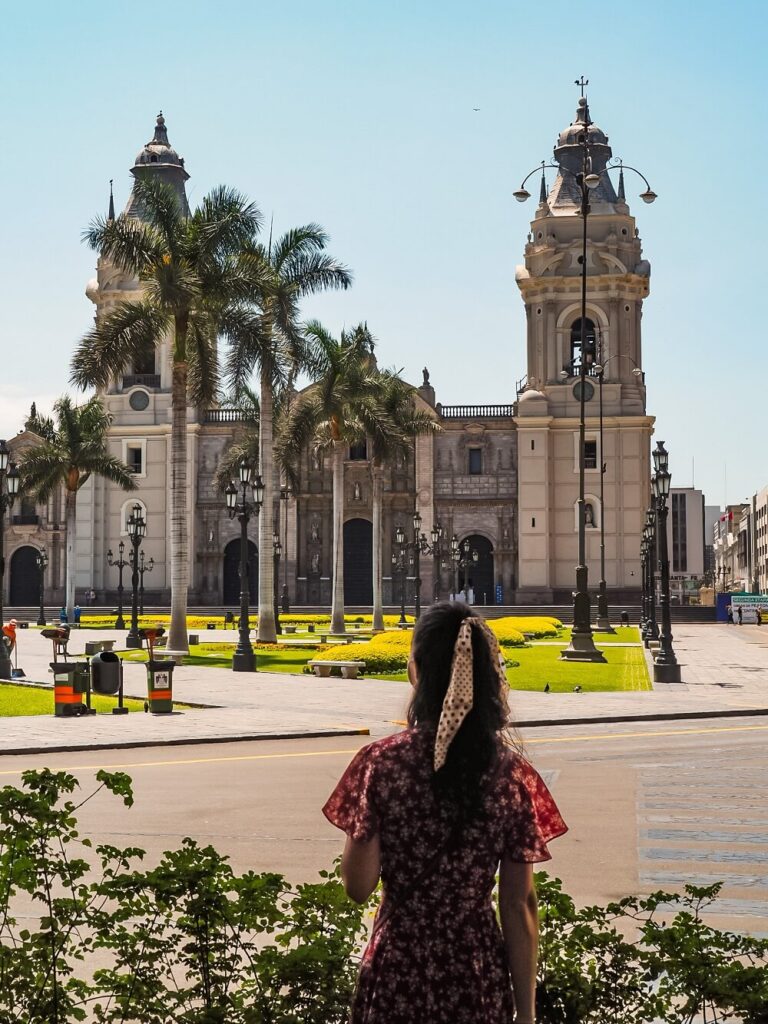
3 Week Peru Itinerary: A Complete Guide
Note that this 3 week Peru itinerary is fully customisable. You can add or skip a destination depending on your interests. We’re big hikers, so we were automatically drawn to places around the Andes. However, if you enjoy other types of destinations such as beaches, then definitely add those to your own itinerary.
We have many detailed guides for each location too, which go in-depth on how much time you ideally need in each place. So, make sure to check them out whilst you’re planning.
Day 1-3: Lima (Explore the Capital City of Peru)
If you’re heading to Peru, then visiting its capital city, Lima, is a must. You can spend as little or as long as you wish there, but about 3 days in Lima would give you the greatest chance to see the best of the city.
Lima is a city that’s got just about everything for an unforgettable city break. Do you want to learn about history? There’s plenty in the Historic Centre, not to mention the ancient pyramid in the middle of the upscale Miraflores District. Fancy seeing some murals and street art? Lima’s Barranco District has got you covered.
Do you want to relax in parks and enjoy some nature in a busy city? There are plenty of unique parks in Lima, some where you can even play with cats.
Is finding great restaurants and cafes with good food your priority. Well, there’s no shortage of places in Miraflores or Barranco. Perhaps shopping is your weakness? Then head to a unique shopping mall built into the side of the cliff overlooking the Pacific Ocean.
Are you in a hurry? – Then you can just spend 2 days in Lima and head to Paracas on your third day.
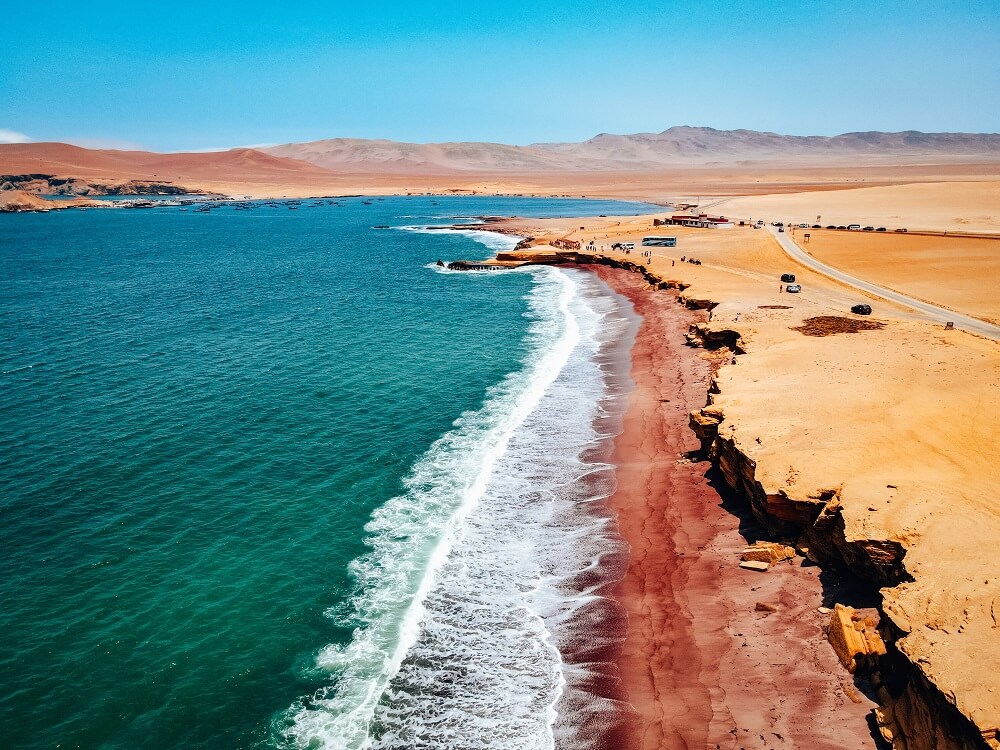
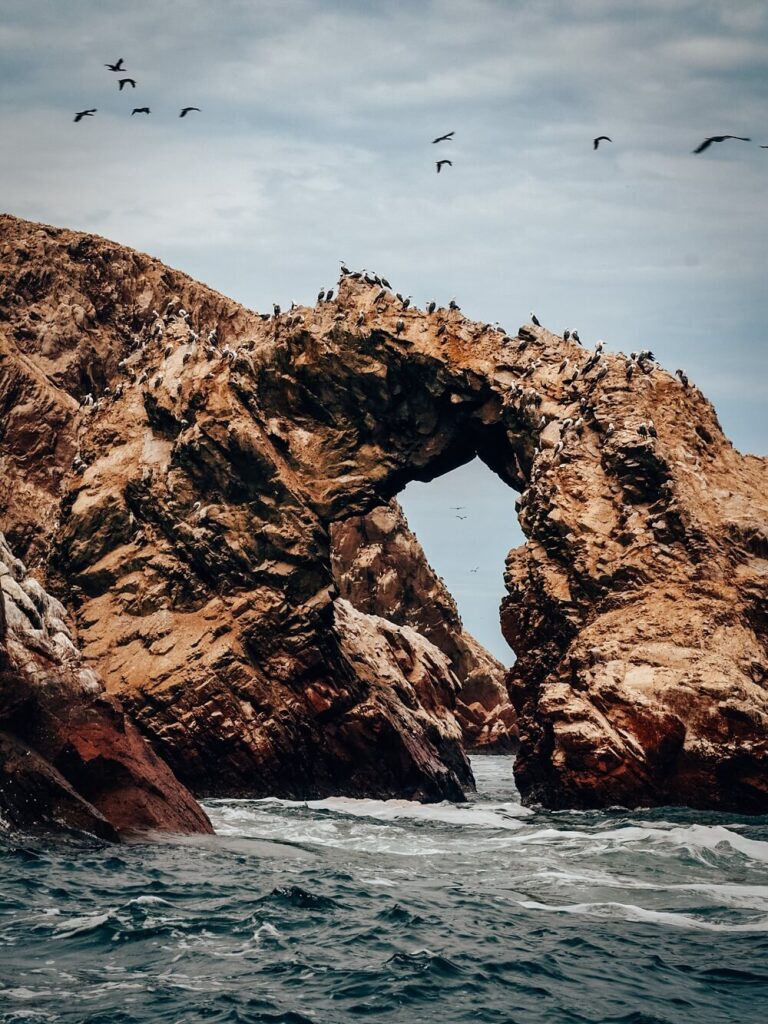

Day 4: Paracas (Visit the ‘Poor Man’s Galapagos’)
Paracas is a small port town located in the Ica Region, about 260 km (160 miles) south of Lima.
Over the years Paracas has become a well-known beach resort and is favoured by both Limeños and tourists. Whilst the beach itself isn’t one to write home about, there are a few top sights that are well-worth stopping for, such as the Islas Ballestas and Paracas National Reserve. Plus, it’s a great sunny getaway before you head to the mountainous regions in Peru.
Are you in a hurry? – We recommend staying for at least one night, but if you’re only interested in visiting one attraction then you can head to Huacachina in the afternoon.
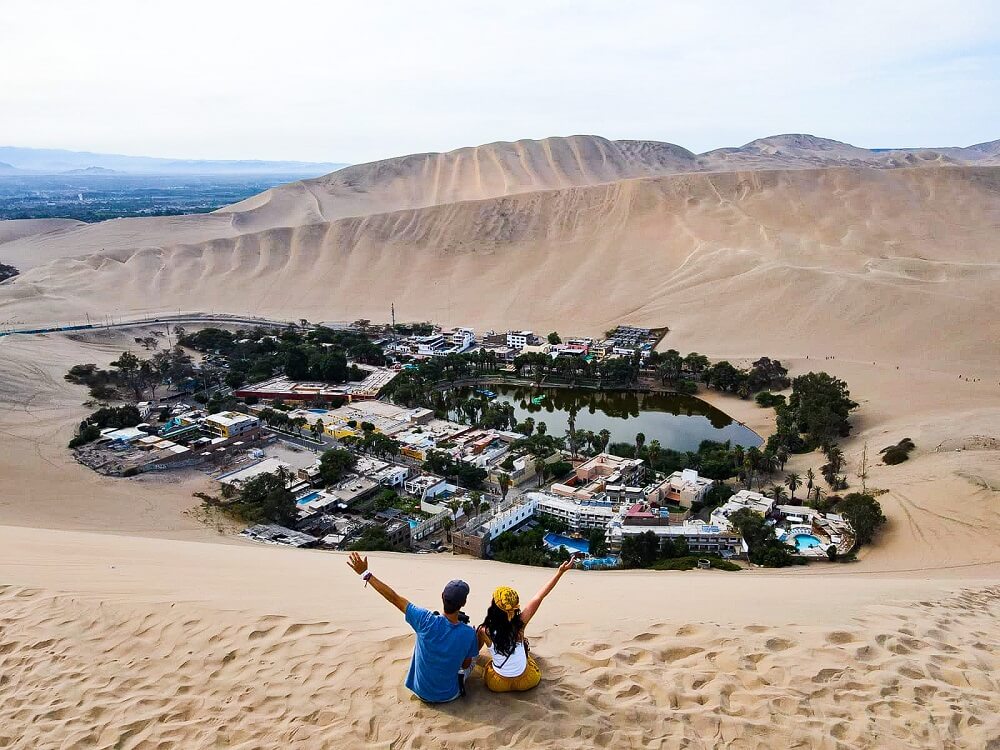
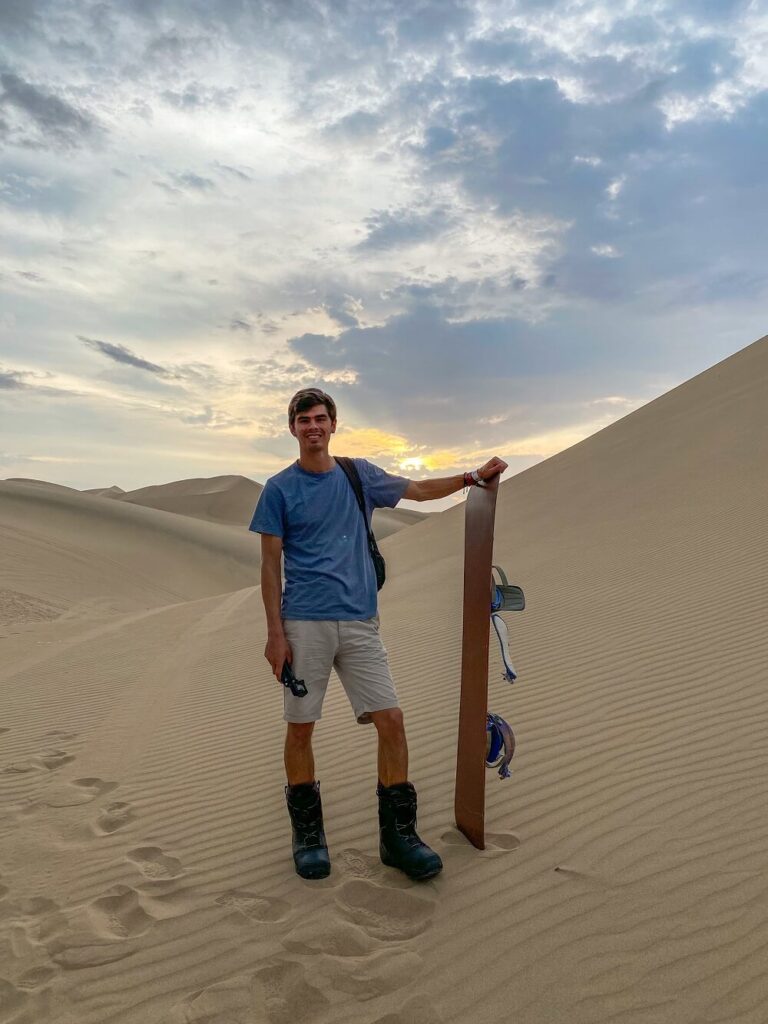
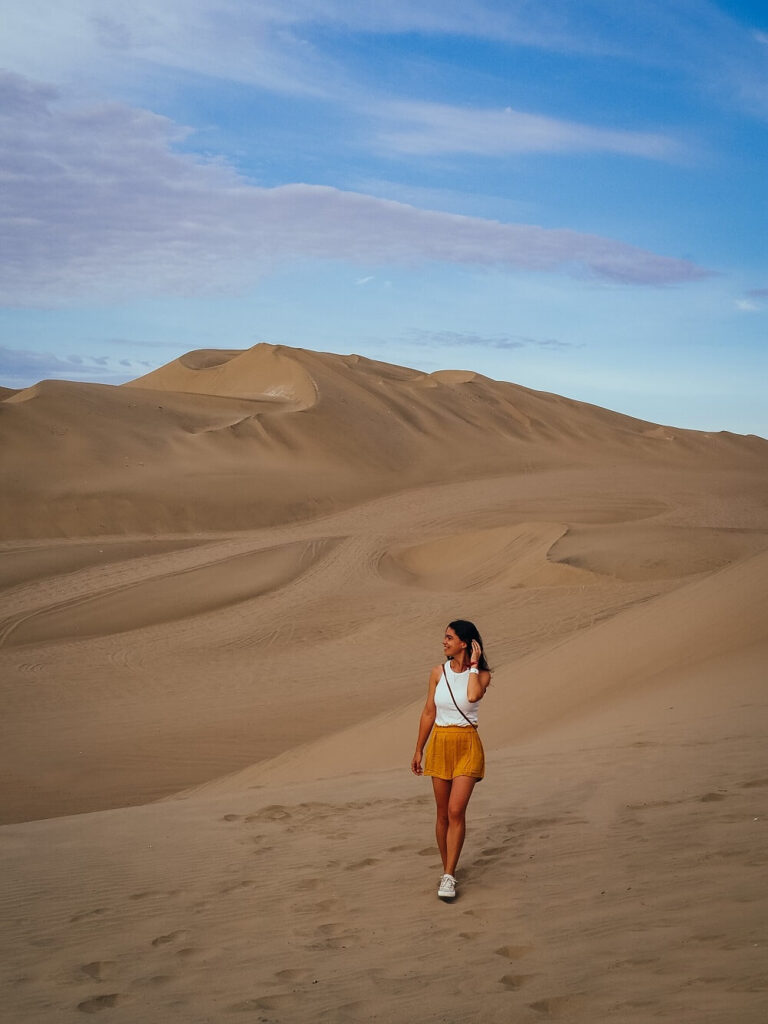
Day 5-6: Huacachina (See the Biggest Sand Dunes in South America)
Huacachina is a tiny, natural desert oasis surrounded by some of the biggest sand dunes in South America. A place where thousands of adventure lovers and thrill-seekers come every year to do some crazy activities such as dune buggying and sandboarding.
You’ll probably need to spend at least one night in Huacachina. You can go for a sunset dune buggy ride and sandboarding experience upon arrival. Then the next morning you can hike the sand dunes for some incredible views. After that you can join a Pisco and Tejas tour before heading to Nazca.
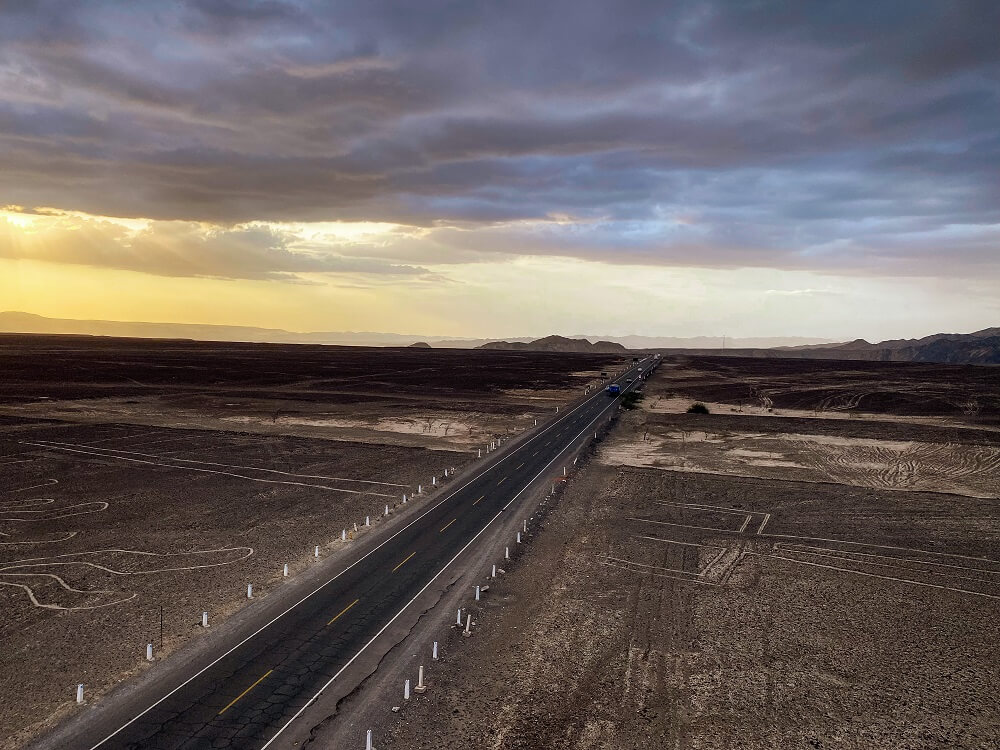
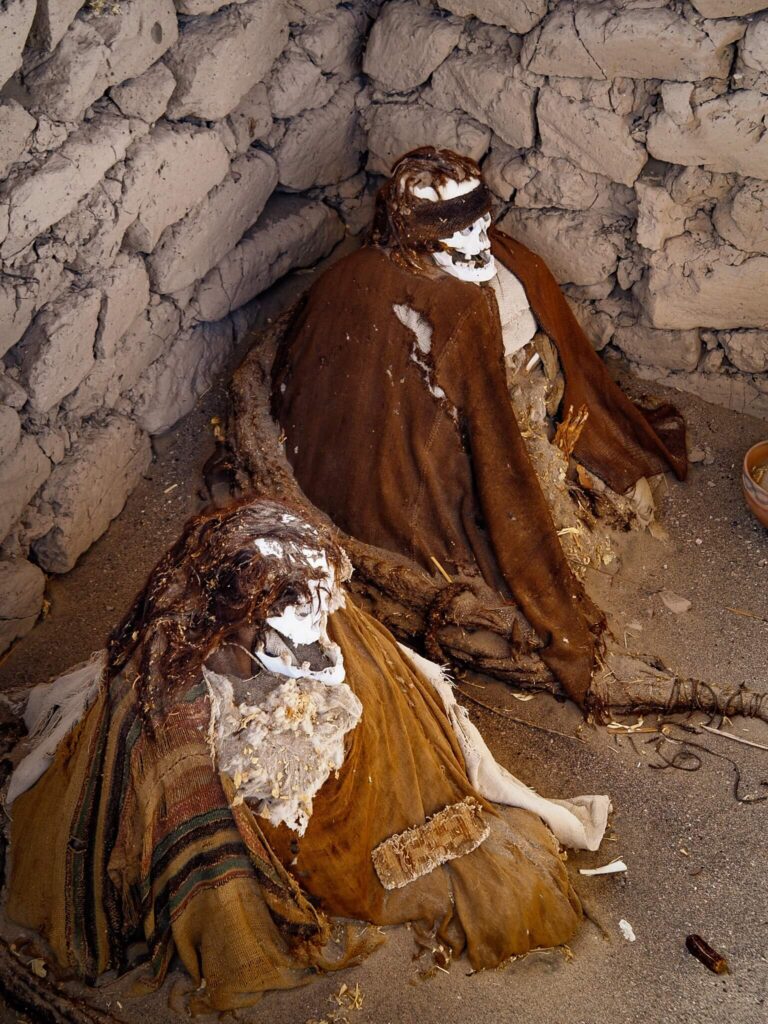
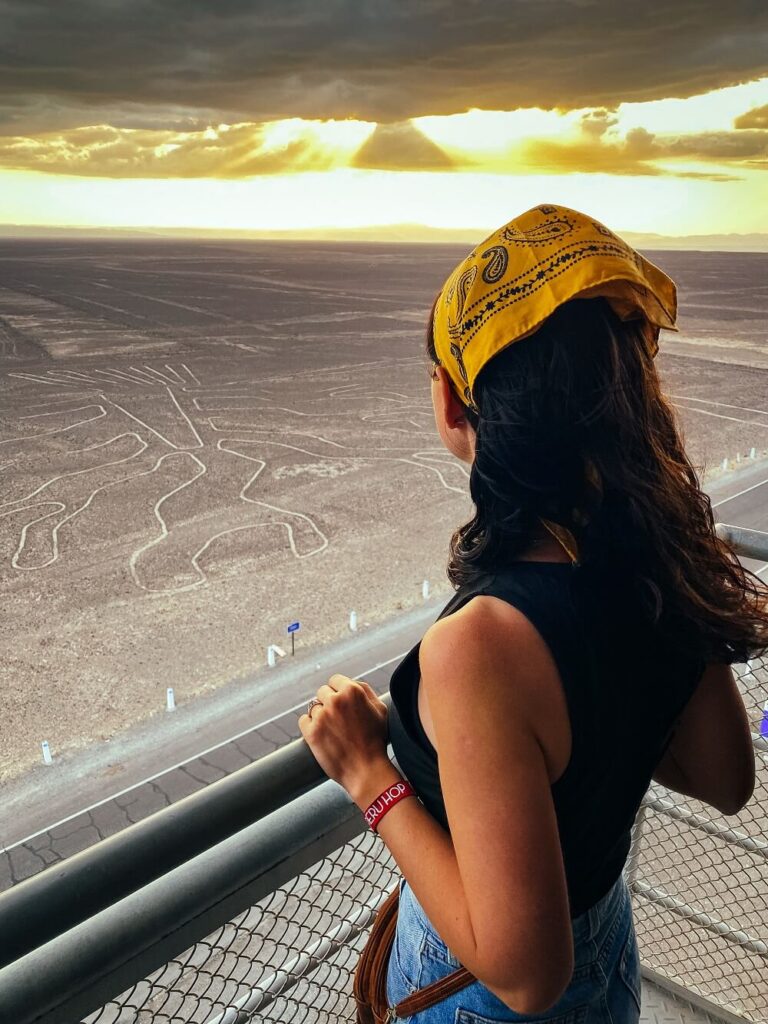
Day 6: Nazca (Fly Over the Mysterious Nazca Lines)
Many visitors add a visit to the Nazca Lines in Peru to their 3 week itinerary. Whether you’re planning on flying over the lines or just enjoying the views from the Observation Tower, Nazca is definitely a worthwhile stop.
Are you in a hurry? – If you can’t fit in one night in Nazca, then you can just enjoy the Nazca Lines from the Observation Tower, have dinner in the city and hop on an overnight bus to Arequipa.
Do you have time to spare? – If so, we recommend booking at least one night in Nazca. Surprisingly, there are many interesting and unusual sites surrounding the city other than the Nazca lines. Therefore, if you have time, make sure to stay a bit longer.
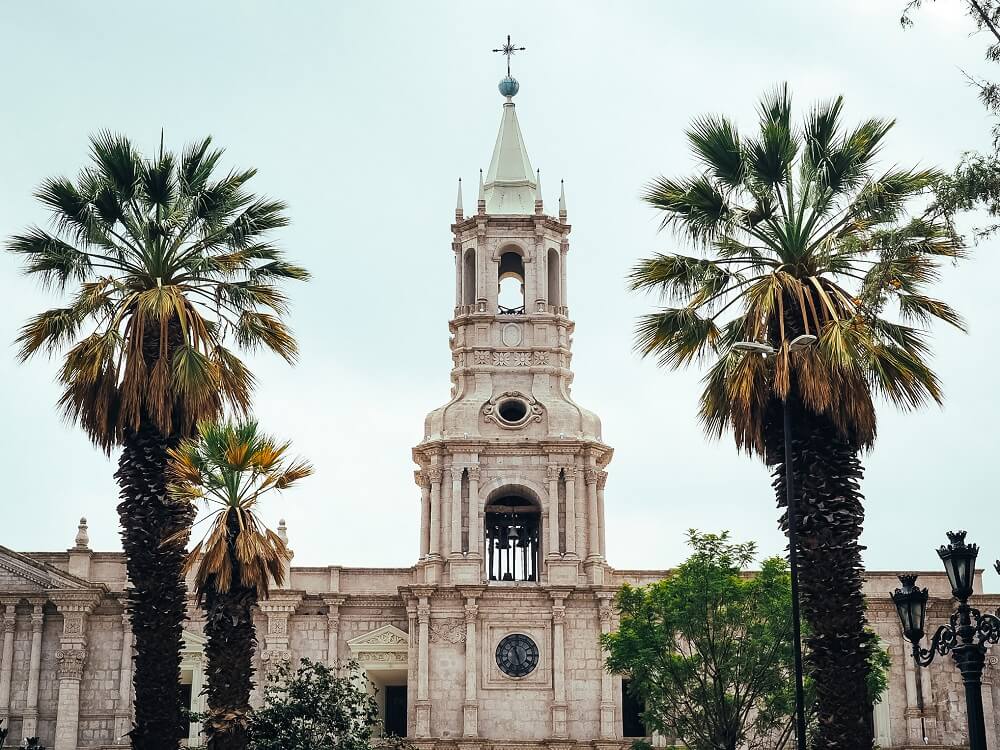
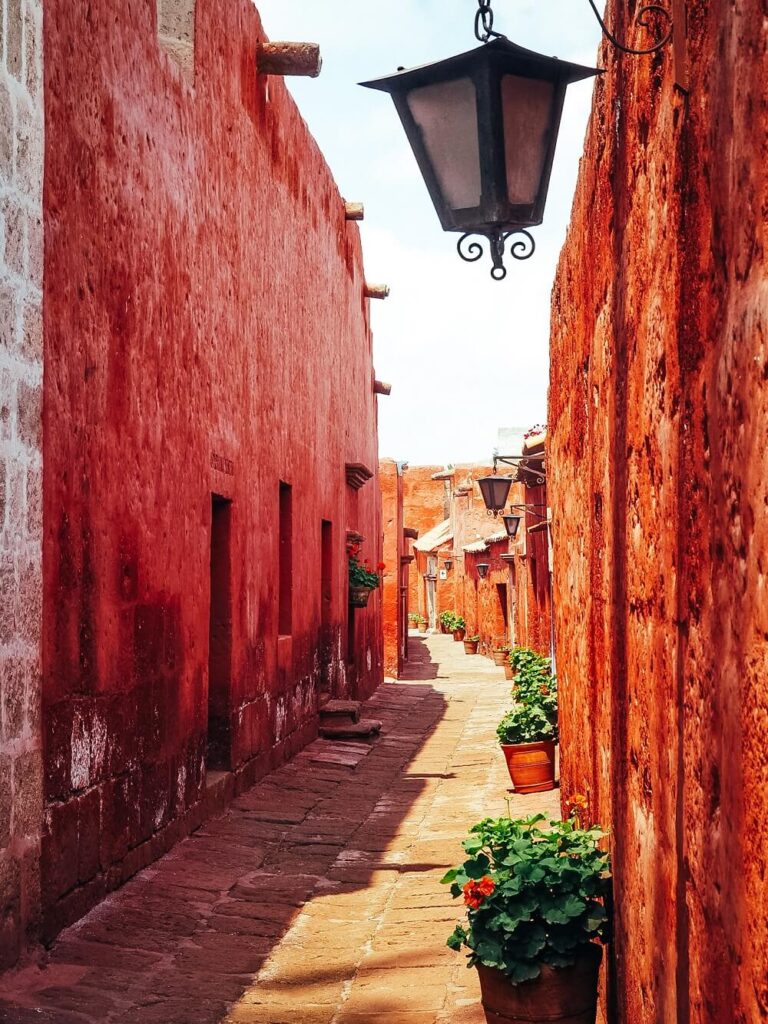
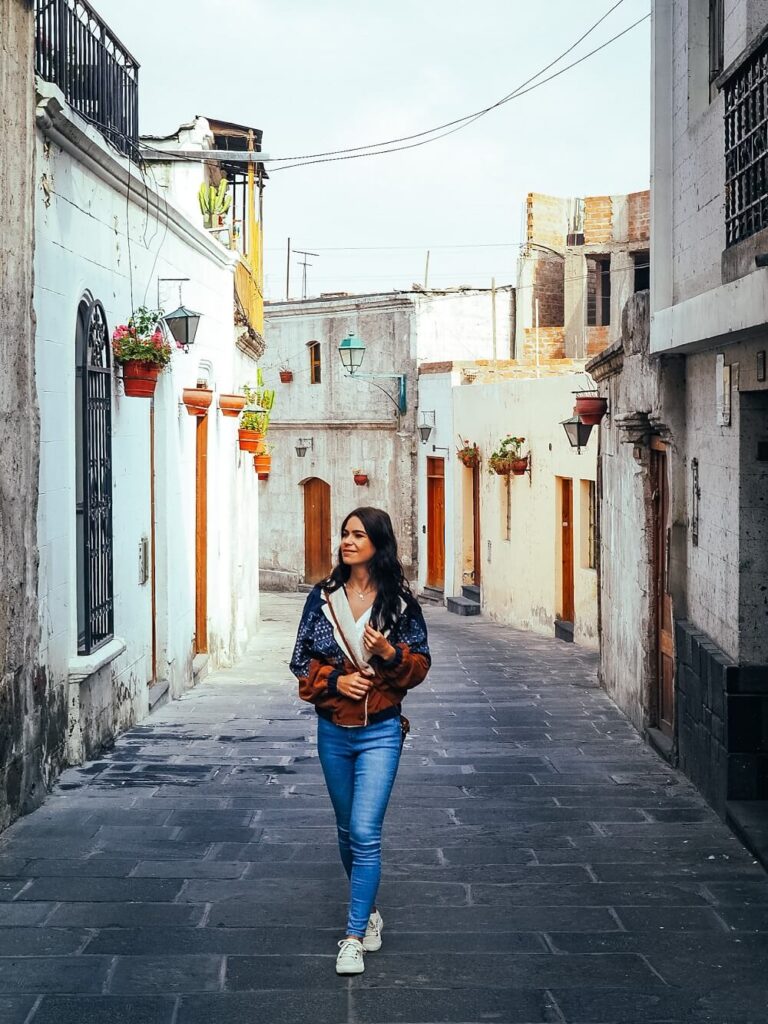
Day 7-8: Arequipa (Explore the White City of Peru)
Located in the south of Peru, in the Chili River Valley, is Arequipa. It is the second most populated city in Peru after Lima. The city is situated about 2,300m (7,550 feet) above sea level and at the foot of three massive volcanoes: Misti, Chachani and Pichupichu.
The city is referred to as the ‘White City’ (La Ciudad Blanca ) because of the white walls of many of its colonial buildings. The walls are made of sillar which is a local white volcanic stone.
Arequipa is one of the most architecturally beautiful cities in the world. So, it’s no wonder that just like Lima’s Centro Historico, Arequipa’s historical centre was declared a UNESCO World Heritage Site.
If you’re short on time, then you can just wonder around its Historic Centre on the day you arrive from your night bus.
Do you have a bit longer? – Then about 2 days will be enough to see the city’s highlights in a less-rushed way.
Arequipa Blog Posts You May Like:
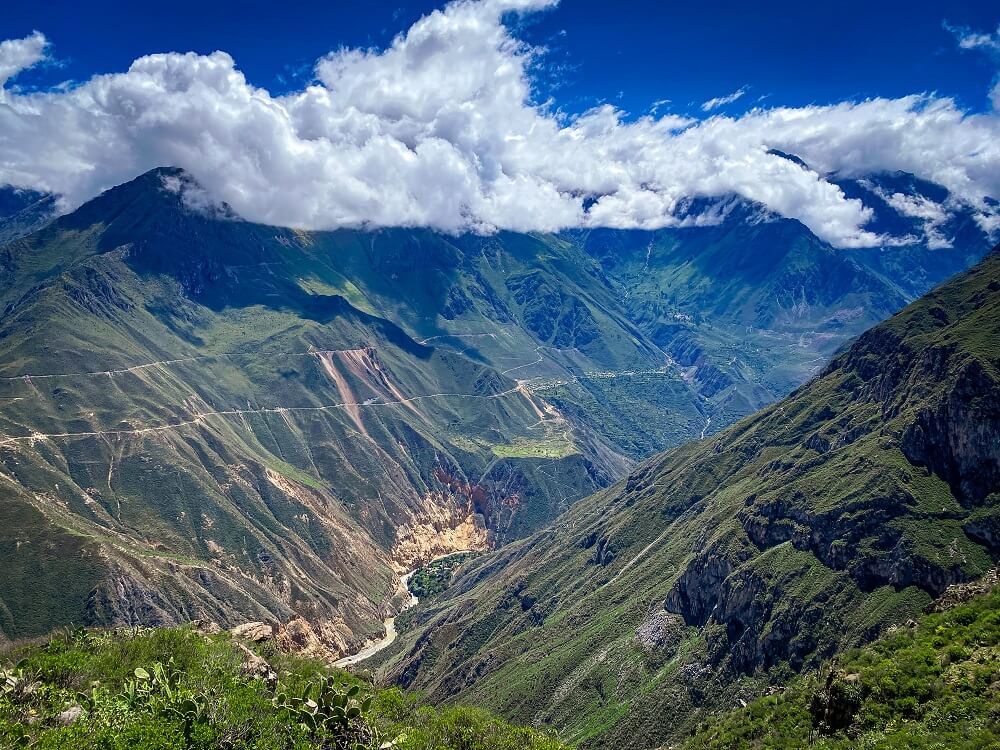
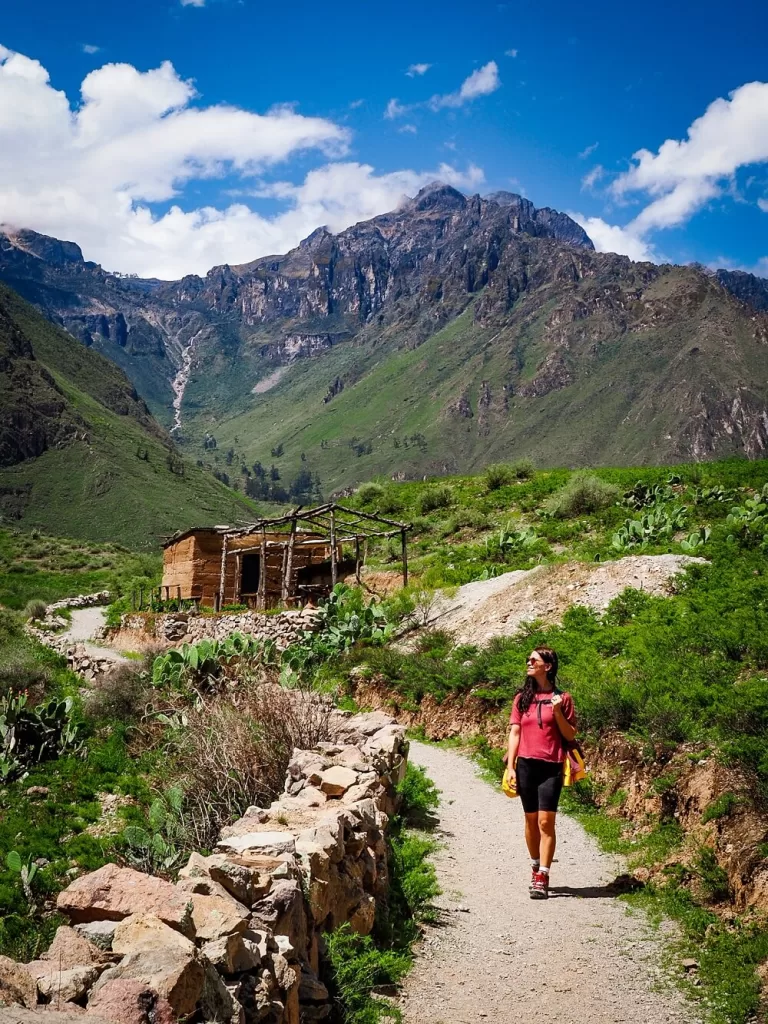
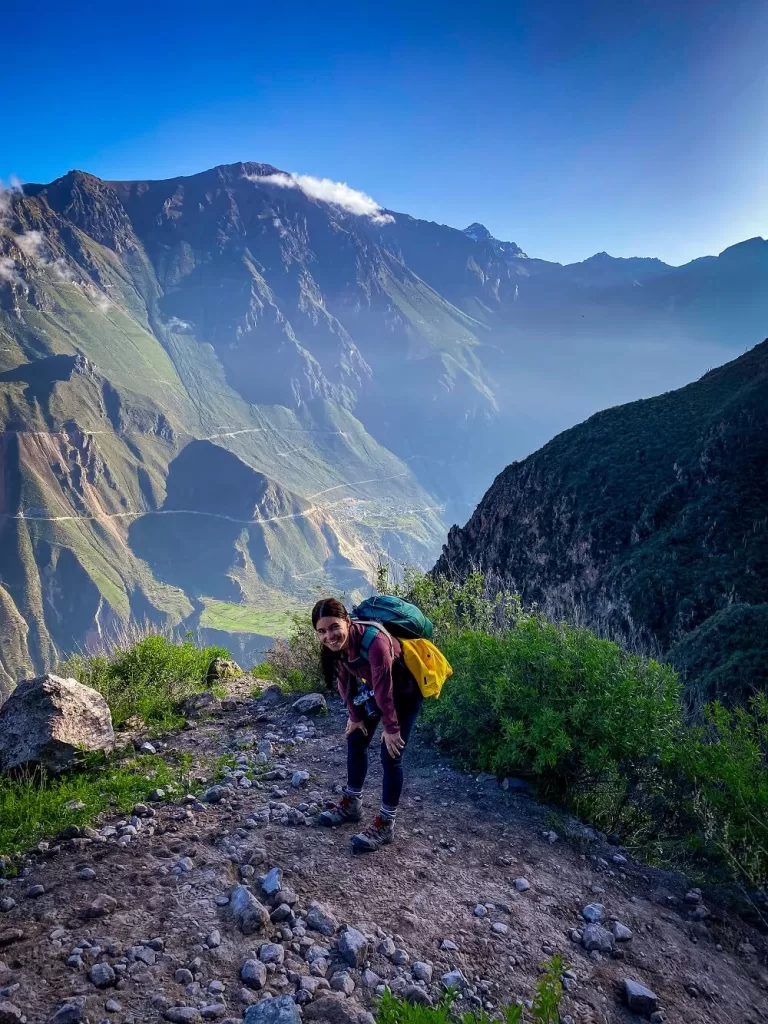
Day 9-10: Colca Canyon (Hike in One of the World’s Deepest Canyons)
Located about 160km northwest of Arequipa is the magnificent Colca Canyon (Cañon de Colca). Situated in the Colca Valley in the Andes Mountains, the Colca Canyon was formed by a seismic fault between the volcanoes of Coropuna and Ampato.
The nearly 100 km (70 mi) long canyon is also one of the world’s deepest canyons. Its deepest point is approximately 3,400m which makes it twice as deep as the well-known Grand Canyon in the US.
You can visit the canyon in two main ways: via a tour or a trek. Now, a tour will normally include little to no hiking whereas a trek will take you down and then back up the canyon.
Depending on how much time you have and whether you enjoy hiking or not, you can join a day tour, multi-day tour or a multi-day trek. The most popular multi-day trek is a 2-day one, although you can also complete a longer trek if you have extra time.
Top Tip – Make sure to allow for some acclimatisation time in Arequipa if you’re planning on trekking in the Colca Canyon.
Colca Canyon Blog Posts You May Like:
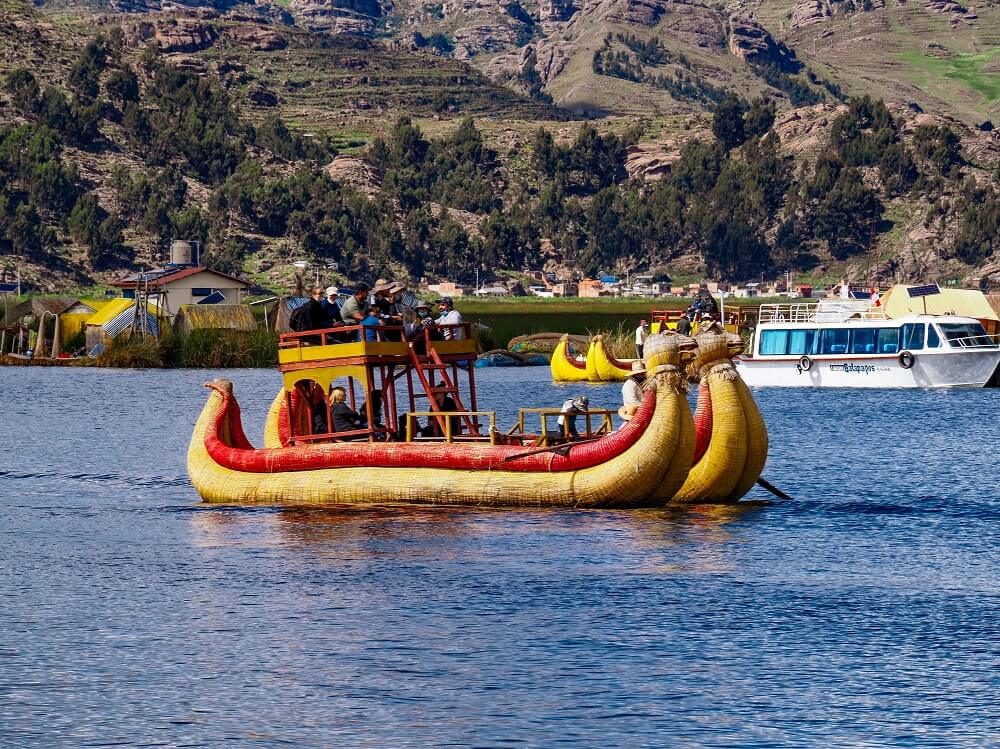
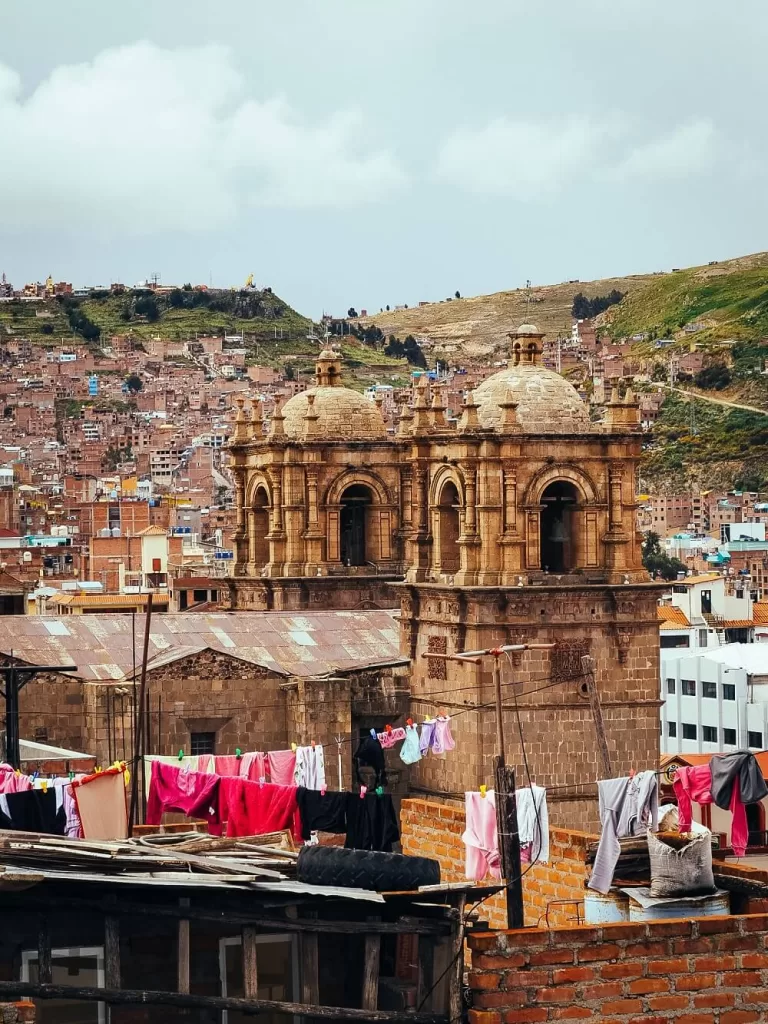
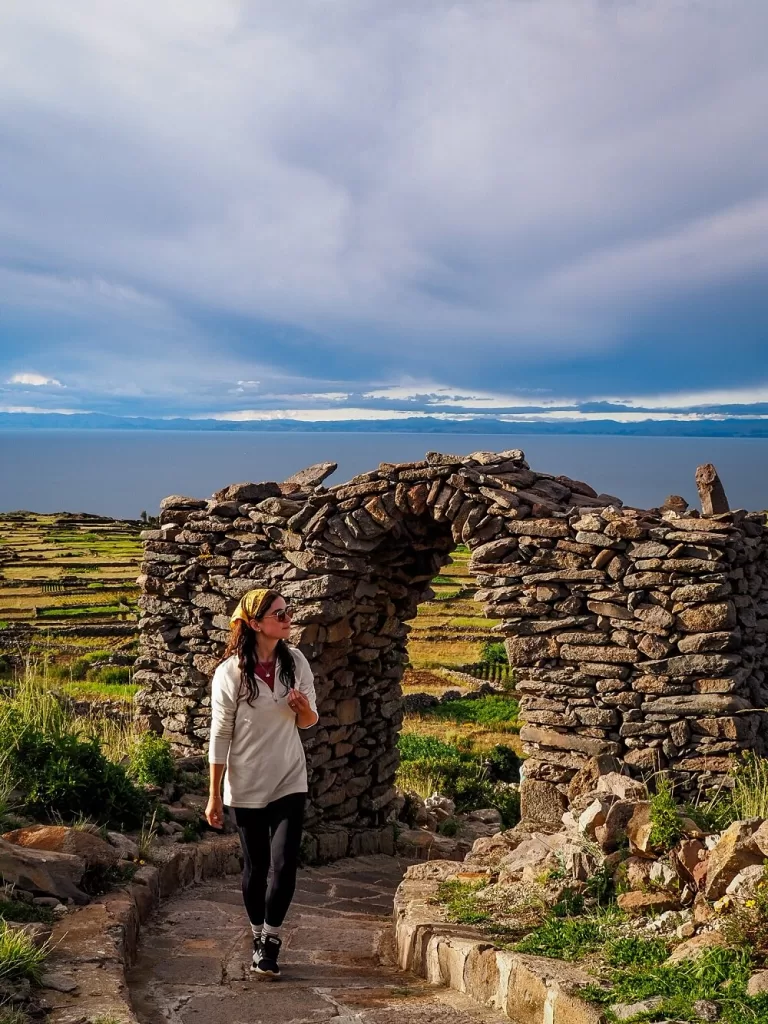
Day 11-12: Puno and Lake Titicaca (Visit the Highest Navigable Body of Water in the World)
Located on the shores of Lake Titicaca, about 3,830 m (12,556 ft) above sea level in south-eastern Peru, is the city of Puno.
Many probably don’t know but Puno is known as the folklore capital of Peru. There are over 300 different local dances that represent old traditions inherited from the Incas and the Spanish colony.
However, the city is a popular stop on many people’s Peru itinerary because of Lake Titicaca. Straddling the border between Peru and Bolivia and covering 3,200 square miles, it is one of South America’s largest lakes. Sitting at 3,810 m above sea level, Lake Titicaca is also considered the highest navigable body of water in the world.
Are you in a hurry? – If you don’t have much time, but still want to see Lake Titicaca, then you can arrive to Puno in the morning, go on a short Lake Titicaca tour which visits the Uros Islands and then head to your next stop on a night bus. This way you don’t even have to spend a night in Puno.
Do you have a bit longer? – If so, then you should stay at least a night in Puno. That way, you can have a wander around the city and also spend a full day on Lake Titicaca. If you can stay for two nights, you can even go on a two-day tour on Lake Titicaca and spend a night with a local family.
Top Tip – If you’re backpacking across South America, then you can leave Puno as your last destination and travel to Bolivia from there.
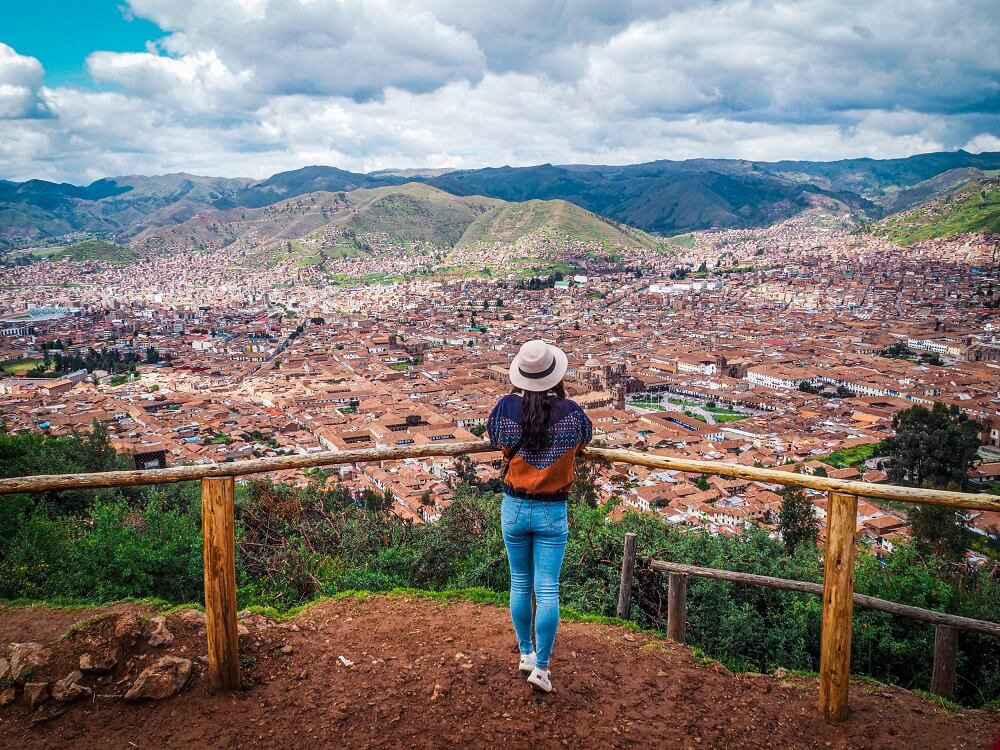
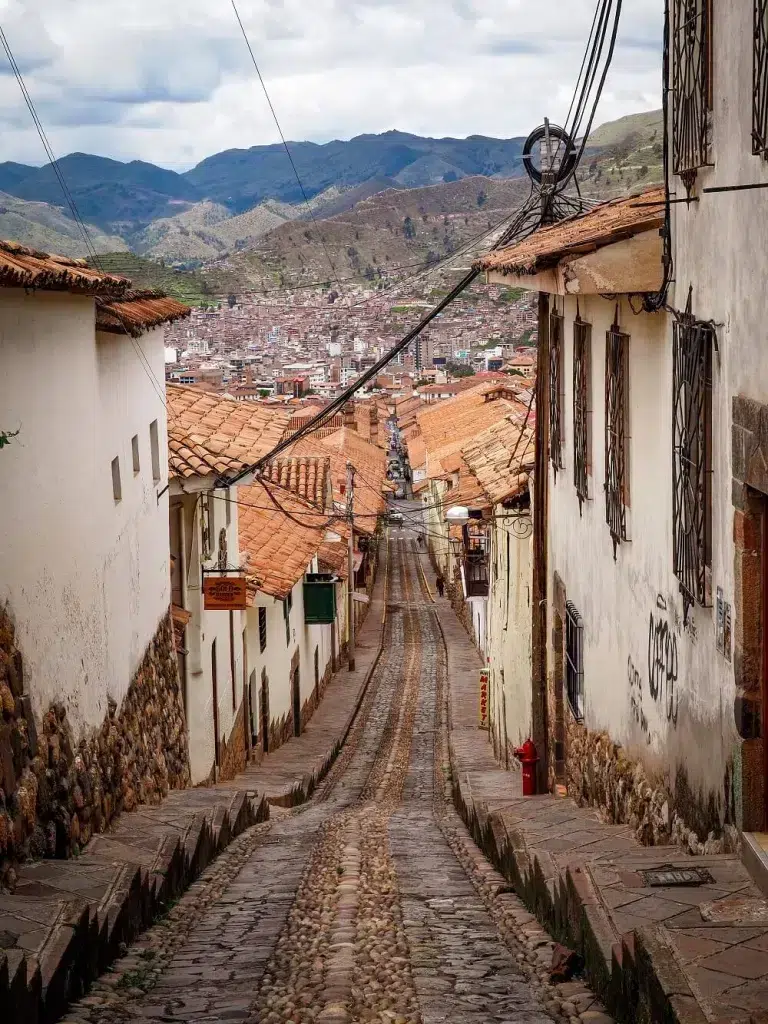
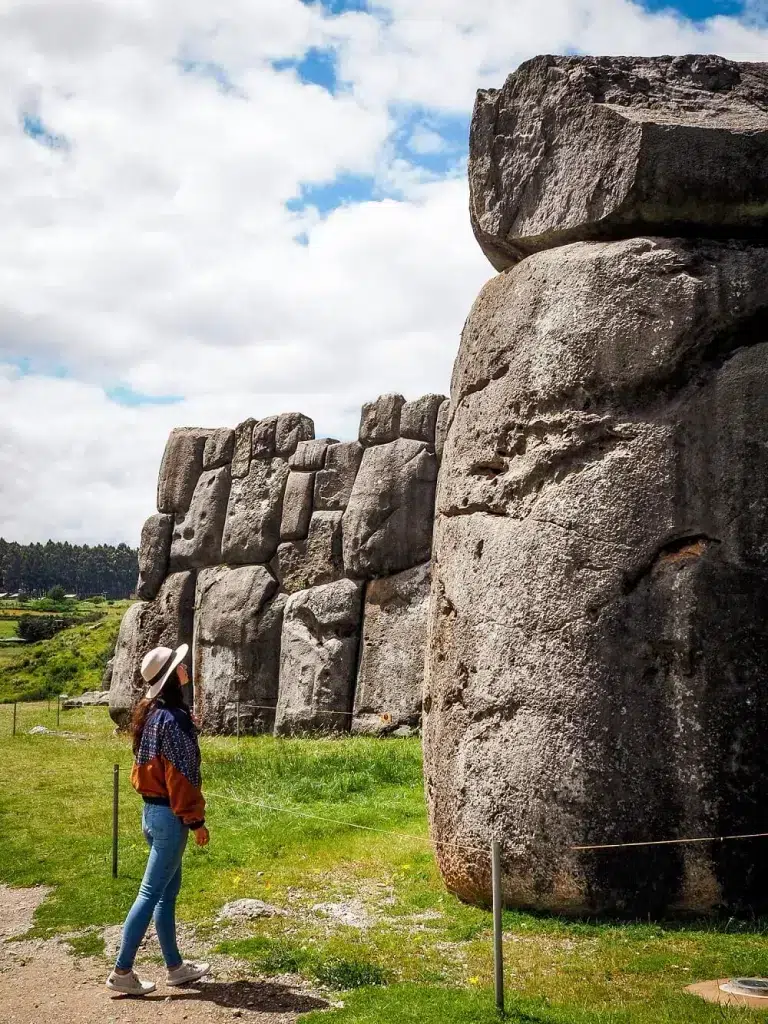
Day 13-14: Cusco (Explore the Tourist Capital of Peru)
Located at 3,400m (11,154 ft) above sea level, Cusco is situated in the heart of one of the world’s most beautiful mountainous regions. Due to its close proximity to Machu Picchu, Cusco is one of the most visited cities in Peru.
The city is packed with places to visit and you could easily spend days exploring its attractions. There are many beautiful Inca Ruins, viewpoints, museums, and markets in Cusco to check out. Therefore, we recommend spending at least 2 full days in the city.
How long to spend in Cusco? – If you’re doing the Inca Trail or Salkantay Trek, you’ll normally have a briefing the evening before, so you won’t have much time to sightsee if you’re only there for a night.
If you’re not going on a multi-day trek to visit Machu Picchu and have already spent some time in higher altitudes, then you can just spend one full day in Cusco and head to Machu Picchu the next day. Alternatively, you can also spend at least a day visiting other sites in the Sacred Valley. In case you only have a few days to see the best of Cusco, then check out this 5-day tour that includes the top destinations in the area.
Cusco Blog Posts You May Like:
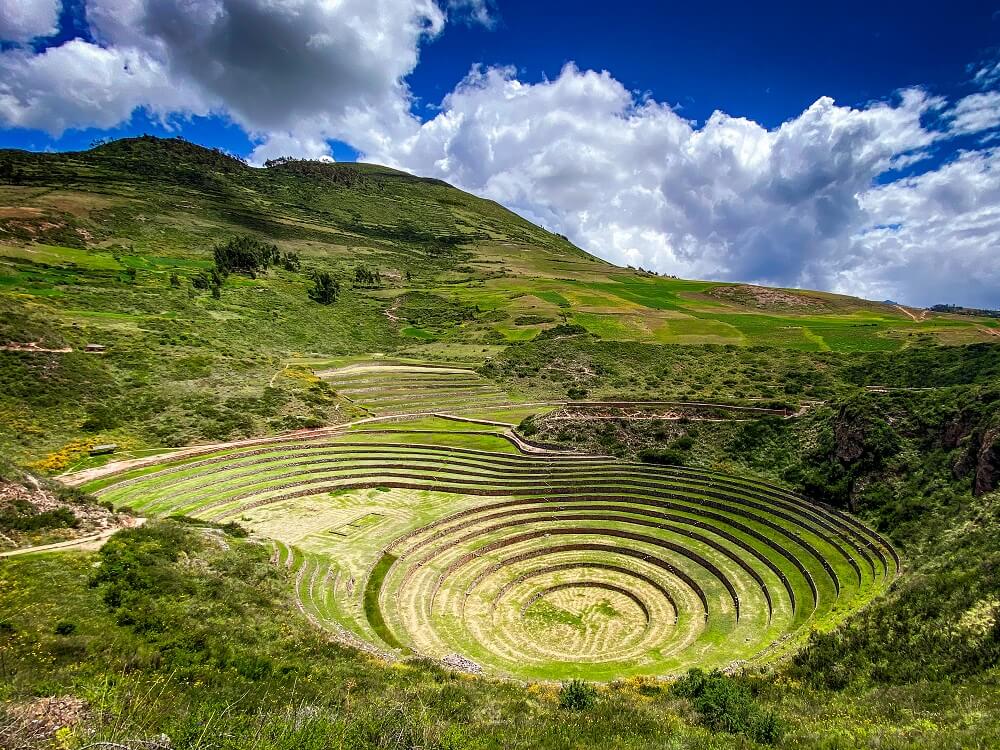
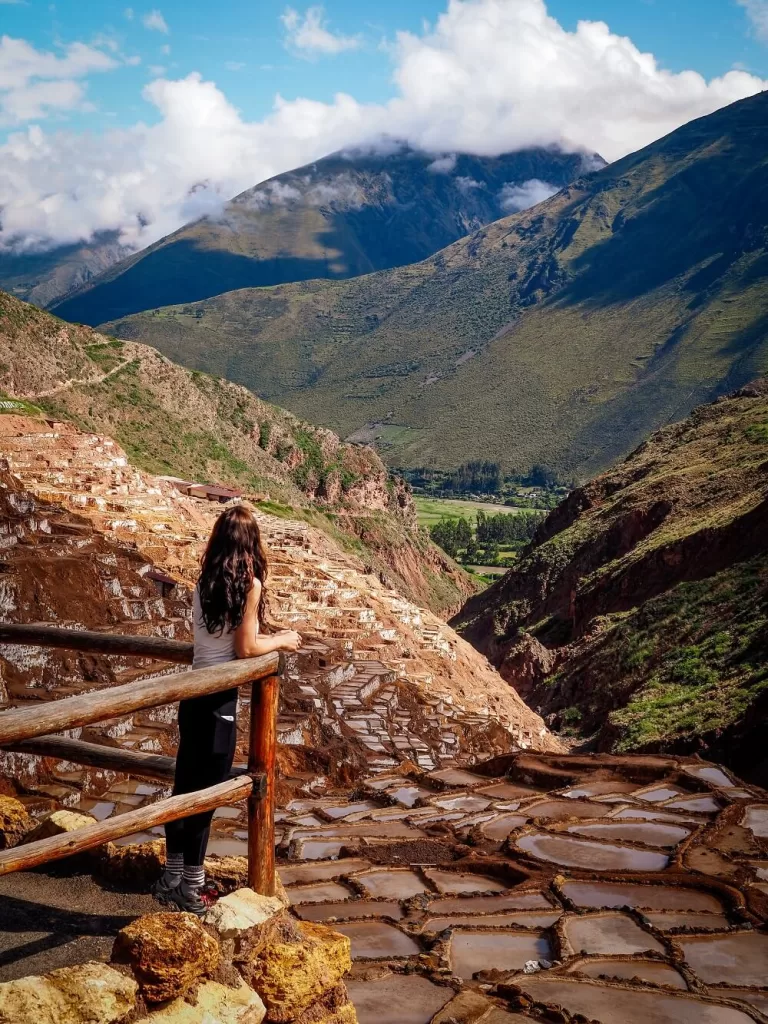
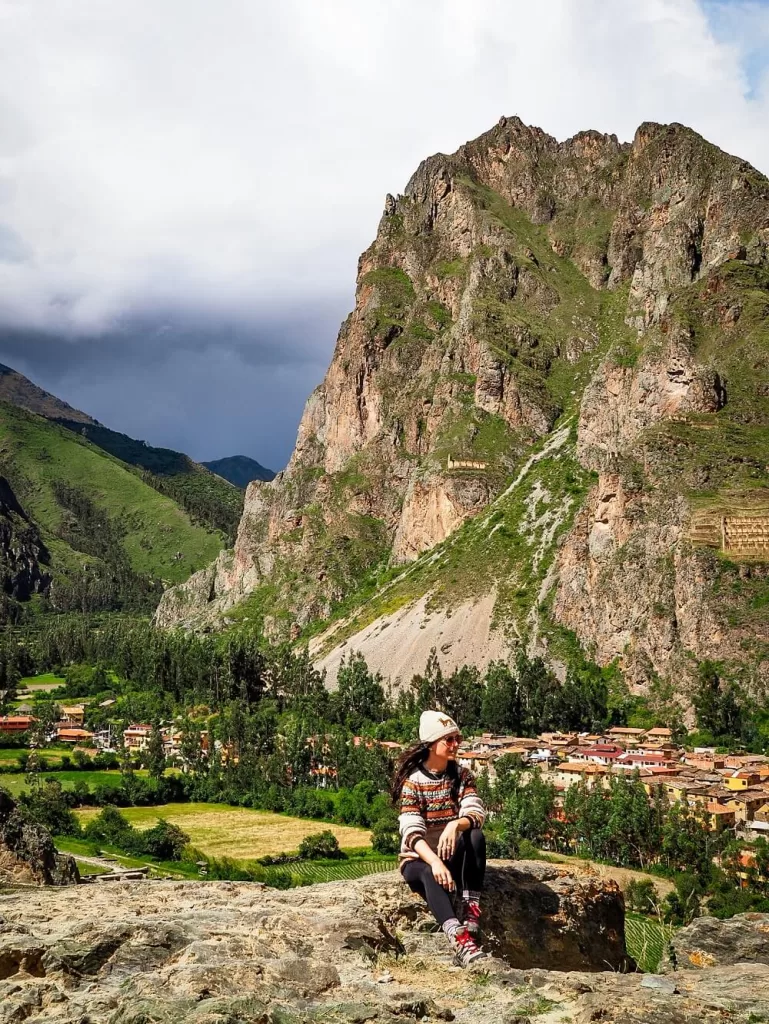
Day 15: The Sacred Valley (Visit the Most Beautiful Inca Sites)
The Sacred Valley of the Incas is located northwest of the city of Cusco. Formed by the Urubamba River, the valley stretches between the towns of Pisac and Ollantaytambo.
This jaw-dropping part of Peru is filled with beautiful Inca Ruins such as Ollantaytambo, Maras Salt Mines, Moray Ruins and Pisac. You can visit them as part of a tour or independently depending on how much time you have.
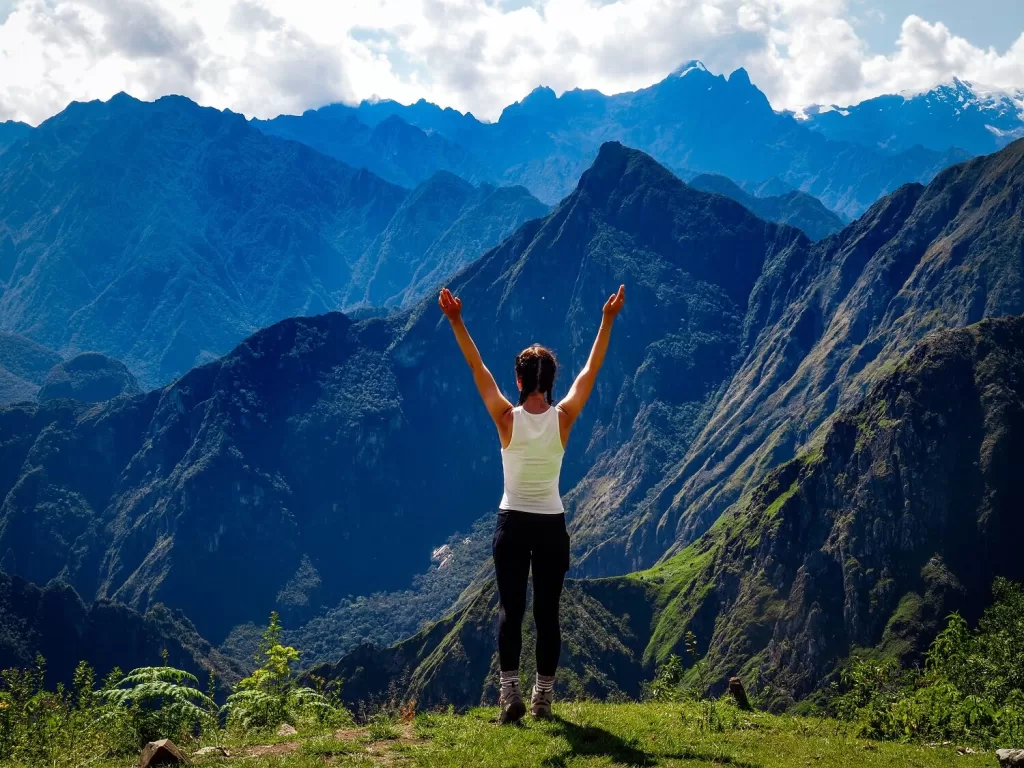
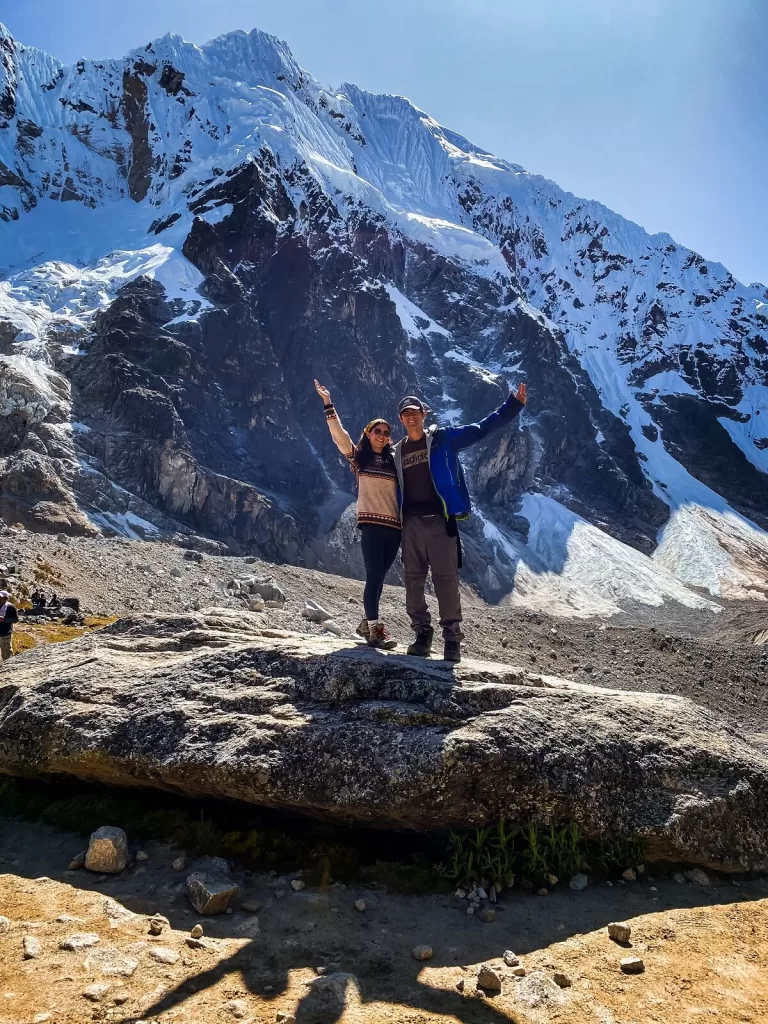
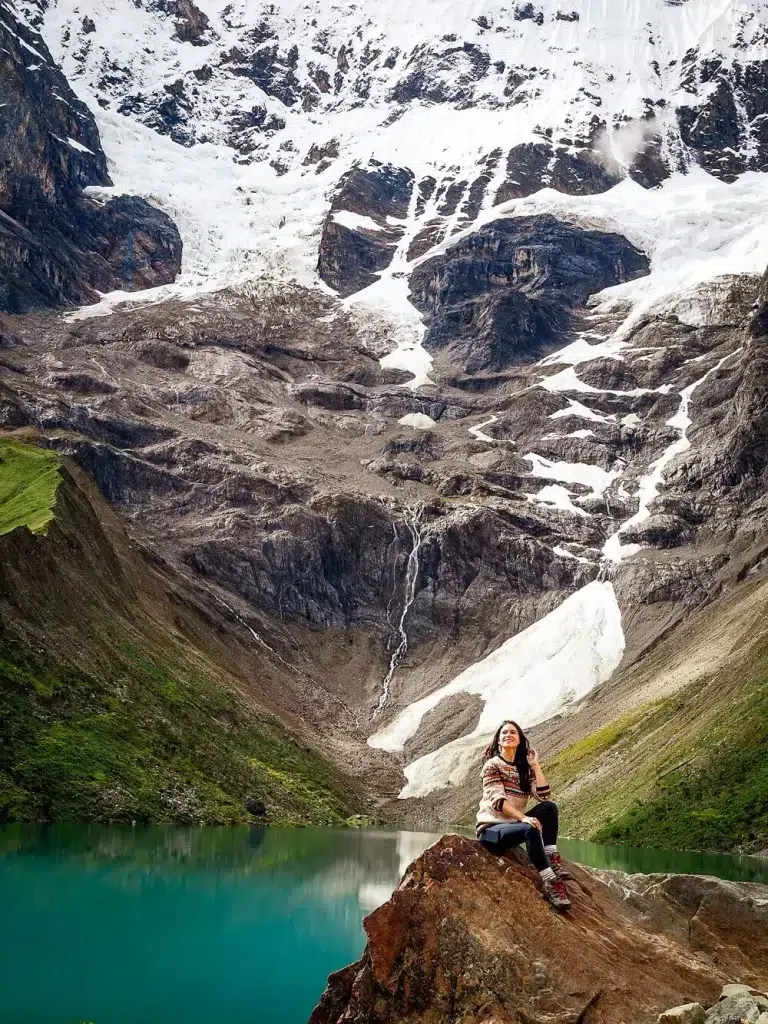
Day 16-19: Salkantay Trek (Hike One of the Most Beautiful Treks in the World)
If you love hiking and trekking then you should add the Salkantay Trek to your 3 week Peru itinerary. It is a 75km (46 mi) long trek through the Peruvian Andes and is one of the most popular ways to get to Machu Picchu.
The Salkantay Trek is still less popular or as famous as the Inca Trail. However, many consider it to be just as beautiful, if not more so. National Geographic Adventure Magazine even listed the Salkantay Trek as one of the best 25 treks in the world.
The trek is named after the Salkantay Mountain which reaches an altitude of 6,271 m (20,574 ft). It takes you through the Vilcabamba mountain range, where you’ll see glaciers and lagoons, before descending down into the Andean Jungle. During your hike you’ll also pass over the Salkantay Pass which is the highest point along the entire trek at 4,630 m (15,190 ft).
The Classis Salkantay Trek is 5 days long, however you can also complete a shorter version of this trek. Alternatively, you can also pick another iconic trek such as the Inca Trail or Jungle Trek.
Don’t like hiking? – Then skip the trek and visit Machu Picchu another way as detailed in this blog post. That way you’ll also save about 4 days which you can then fill up by visiting another location in Peru such as the Amazon Jungle.
Salkantay Trek Blog Posts You May Like:
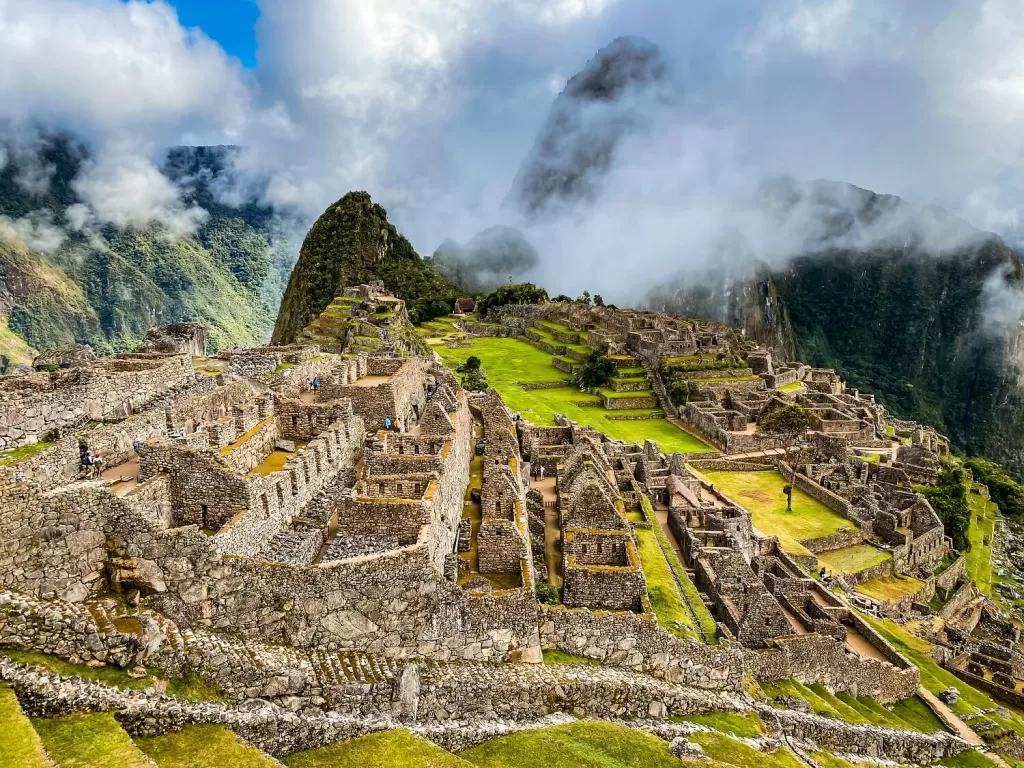

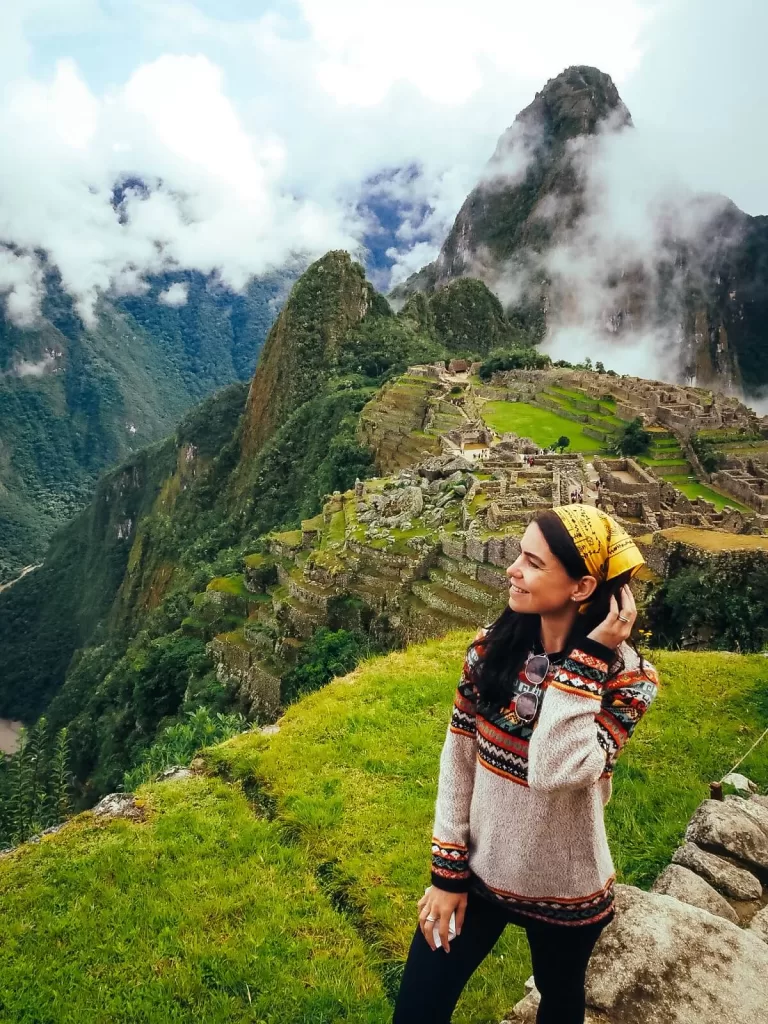
Day 20: Machu Picchu (Visit One of the New Seven Wonders of the World)
Tucked away to the northwest of Cusco, Machu Picchu is one of the New Seven Wonders of the World and also a UNESCO World Heritage Site.
Machu Picchu is without doubt on everyone’s itinerary when visiting Peru. It’s also considered one of the most visited places in the world.
According to historians, Machu Picchu was built by the Inca. The site consists of more than 150 buildings including houses, temples, sanctuaries and baths.
Whilst it was built in the 15th century nobody really knew about the site until Hiram Bingham found it in 1911. Whilst he might not have been the first one to discover it, he was vocal about his discovery and wrote a book called ‘The Lost City of the Incas’ that gained a lot of attention and started bringing in visitors.
Many believe that Machu Picchu was a royal estate and a sacred site for the Inca nobles. Based on the stunning landscape surrounding the site, we can totally see why Inca leaders would pick this spot for their estate.
Machu Picchu Blog Posts You May Like:
Day 21: Cusco to Lima (Saying Goodbye to Peru)
If you’re leaving the country from Lima, then from Cusco you can just fly back to Lima and connect with your international flight out of the country.
In case you’re on a backpacking trip and heading to Bolivia, then we suggest visiting Cusco first and ending your trip in Puno. From there you can take an international bus across the border to Bolivia.
If you’re heading north towards Ecuador, then we suggest starting your trip in Puno and making your way up to Lima and further north.
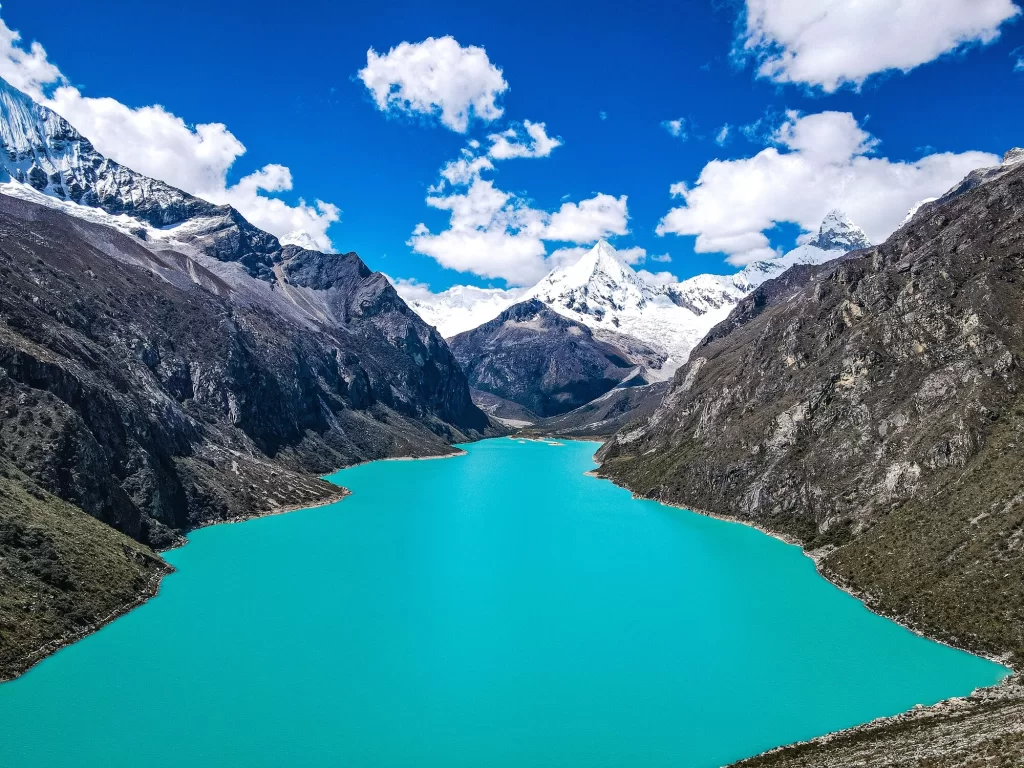
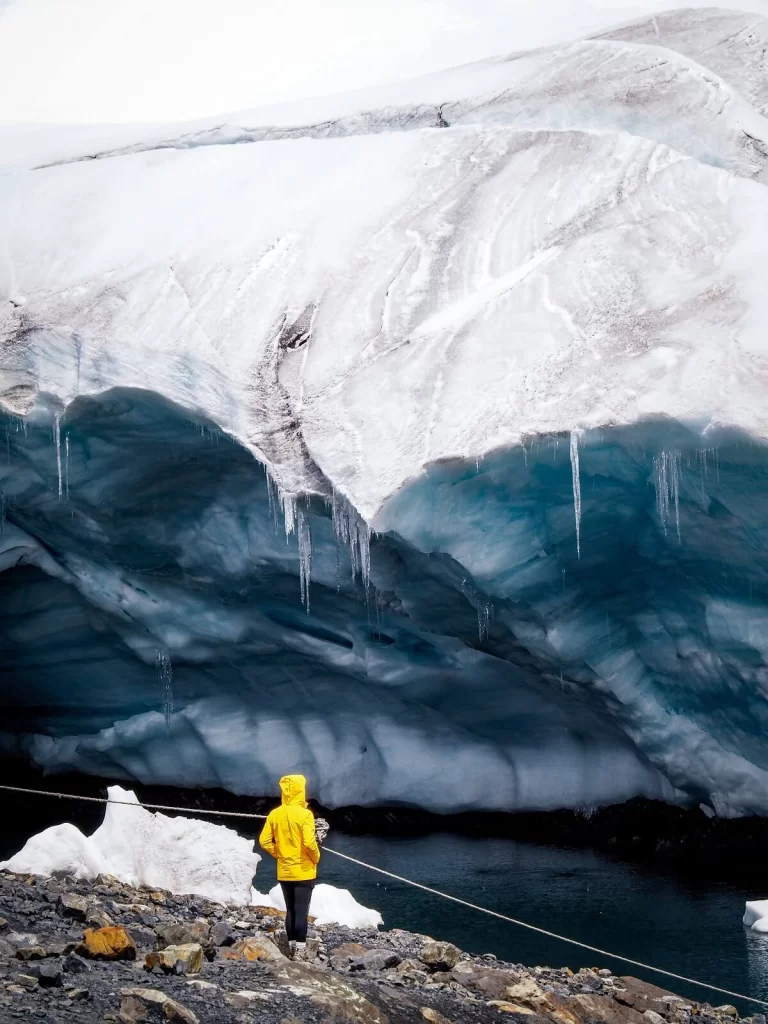
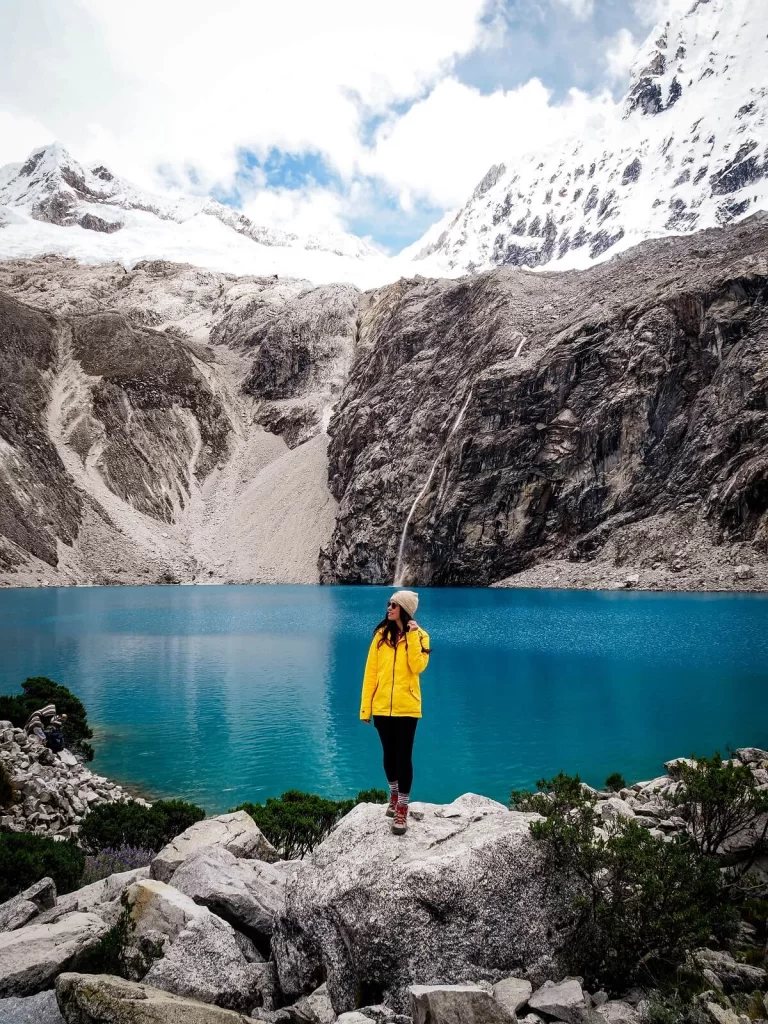
Additional Places to Add to Your 3 Week Peru Itinerary
Below are some popular areas in Peru that you might also want to visit. If you carefully plan your days, and perhaps use our tips to shorten the time spent in each location, you can easily add some extra destinations to your 3 week Peru itinerary.
Do you have 4 weeks to spend in Peru? If so, then you can also just add these places for a longer stay in the country.
Huaraz (Visit the Hiking Capital of Peru)
If you’re an outdoor enthusiast like us, then you can consider adding Huaraz to your 3 week Peru itinerary. Located about 420 km north of Lima, Huaraz is the capital of the Ancash Region. The city sits around 3,050 m (10,013 ft) above sea level in the middle of the Callejon de Huaylas valley.
The valley stretches for about 150km and it divides two mountain ranges, the Cordillera Blanca (‘White Mountains’) to the east, and the Cordillera Negra (‘Black Mountains’) to the west.
Many visitors from all over the world arrive in the city to go hiking, climbing, mountain biking or just to visit the mountains and glaciers of the Cordillera Blanca mountain range within Huascaran National Park.
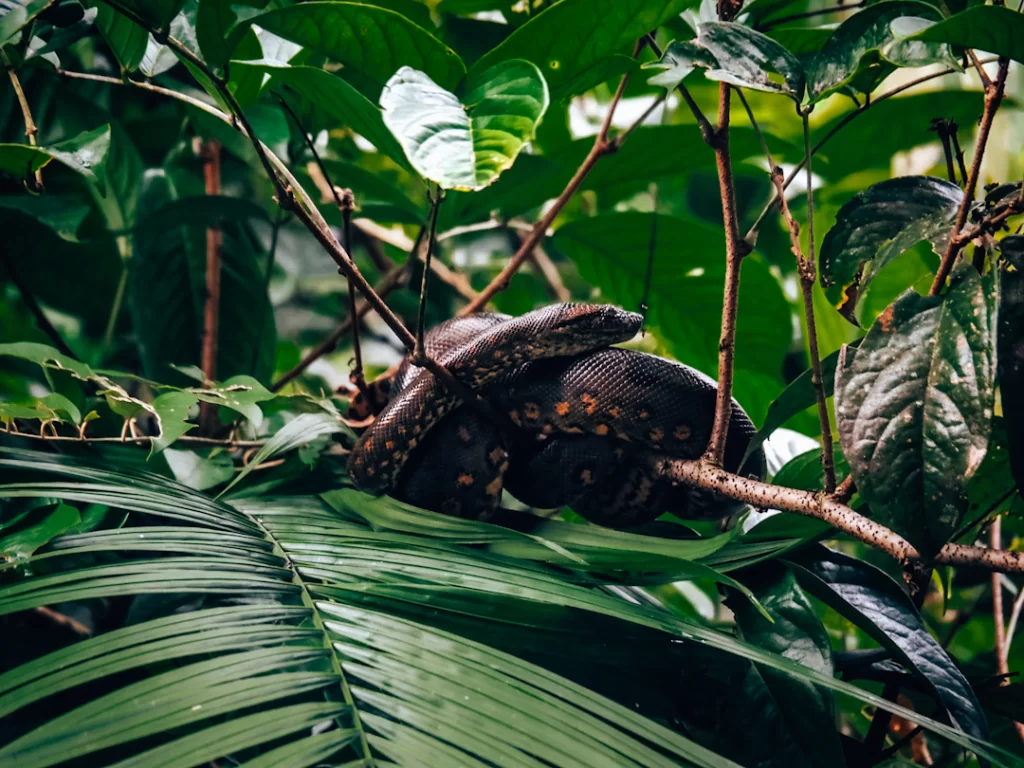
Iquitos Amazon Jungle (The Ultimate Wildlife Experience)
Covering a staggering 5.5 million sq km across South America, the Amazon Jungle makes up over half of the world’s remaining rainforest. It is home to thousands of different species, from snakes and spiders, to monkeys and even dolphins.
The jungle stretches across nine countries on the continent, with Peru containing the second largest amount of rainforest after Brazil.
The Peruvian Amazonia itself comprises around 60% of the country. Deep inside the rainforest is the city of Iquitos, which is the largest metropolis in the Peruvian Amazon. From Iquitos you can take a boat deep into the heart of the Peruvian jungle to spend a few nights in a rustic lodge whilst exploring a tiny section of this incredible rainforest.
Mancora and Huanchacho (Peru’s Beach Destinations)
Let’s be honest, when someone mentions Peru, beaches aren’t the first things that come to mind. However, if you have extra time or you’re backpacking across the entire country, then you might want to stop in Mancora and Huanchacho.
This part of Peru is known to be the go-to place for surfing and other water activities. Mancora is also a great place for nightlife and filled with bars and restaurants. It’s definitely a more relaxed destination at lower altitude and with warmer temperatures that can be very tempting after spending a long time in the cold mountains.
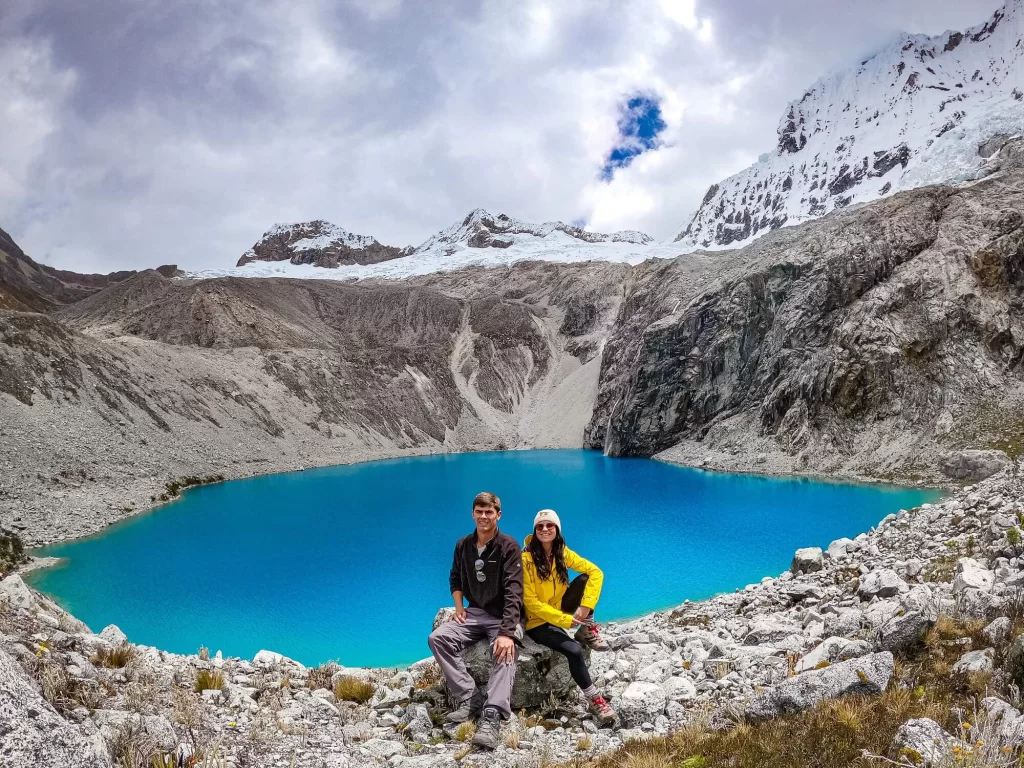
Final Thoughts on Our 3 Week Peru Itinerary
We hope that you found this 3 week Peru itinerary useful when planning your adventures. The country is definitely filled with a huge variety of attractions, so we appreciate that it can be pretty difficult to fit everything in.
Our best advice is to be realistic with your time and interests and try to plan your trip around those. You’ll have a much better time if you just focus on visiting the places you really want to see rather than trying to jam-pack everything in.
We are incredibly grateful that we could spend not just 3 weeks but nearly 3 months in Peru. During this time, we took things slowly and stayed at places much longer than most people usually can. However, even spending that long in the country still didn’t allow us to see everything that we initially pinned on our map. Don’t forget, you can always return to a country and visit another part of it on a separate trip.
Have you ever been to Peru before? If so, how long did you visit for? What was your favourite place? If not, how long would you like to spend in the country? Let us know in the comments below.
Now, let your adventure begin,

Our Top Travel Resources
Accommodation: For hotels we always use Booking.com and Hostelworld for hostels. We also book longer stays on Airbnb or Vrbo.
Flights: To find the best flight prices we always check Skyscanner, Google Flights or WayAway. Then we also check the airlines’ websites too for comparison.
Car Rentals: We use Discover Cars when we want to rent a car as it compares local, national and international companies.
Activities: If we book organised tours we always check either GetYourGuide or Viator.
Foreign Currency: Whenever we can we prefer to pay in local currency and for that we always use our Wise card. We can easily withdraw money from the ATM or pay by card at most shops and restaurants.
Travel Insurance: We never go anywhere without travel insurance. You never know what will happen on your trip, so good travel insurance like SafetyWing can protect you in case of injury, illness, theft and cancellations.
eSIM and VPN: To get data abroad we use Airalo which is an app that allows you to download a prepaid eSIM to your phone in over 190 countries. Make sure to have a VPN to avoid hackers accessing your personal data when using public WIFI. We use Surfshark which is the only VPN that offers one account on unlimited devices.
Remember…It all starts with a Pin…
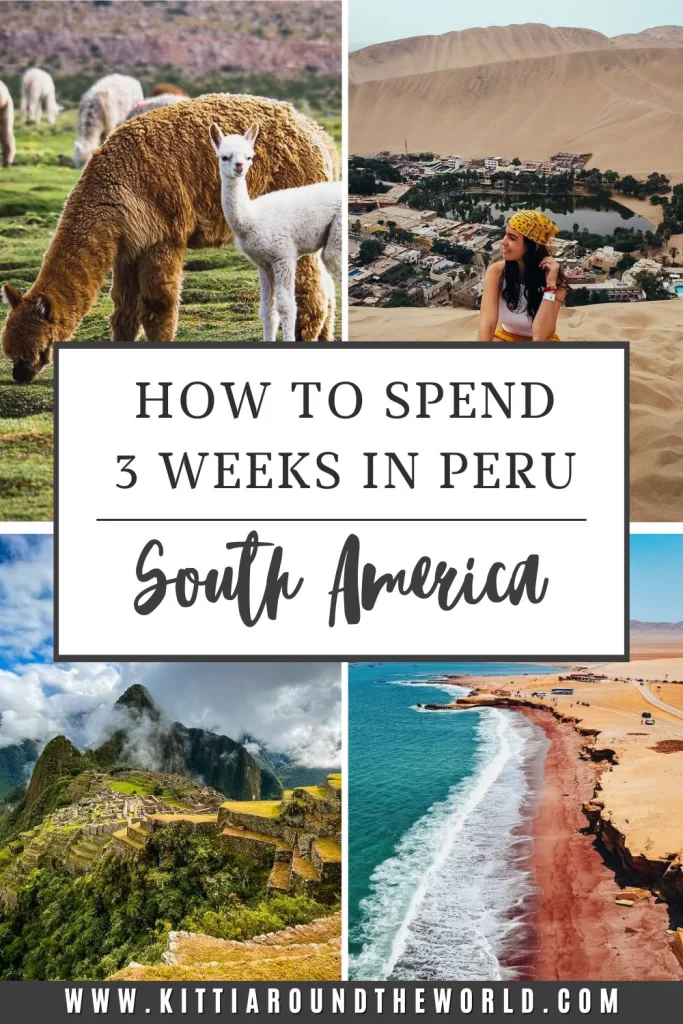
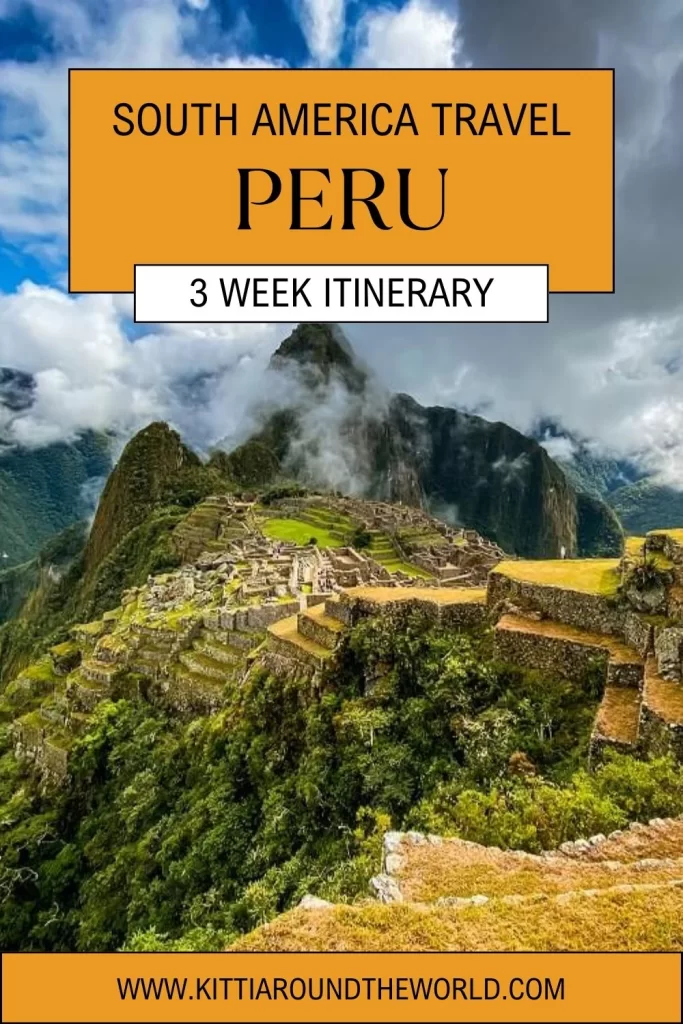


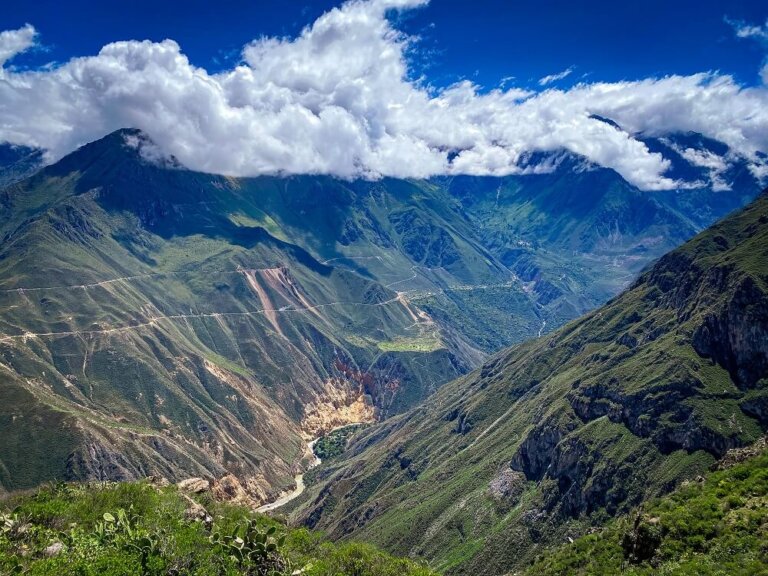
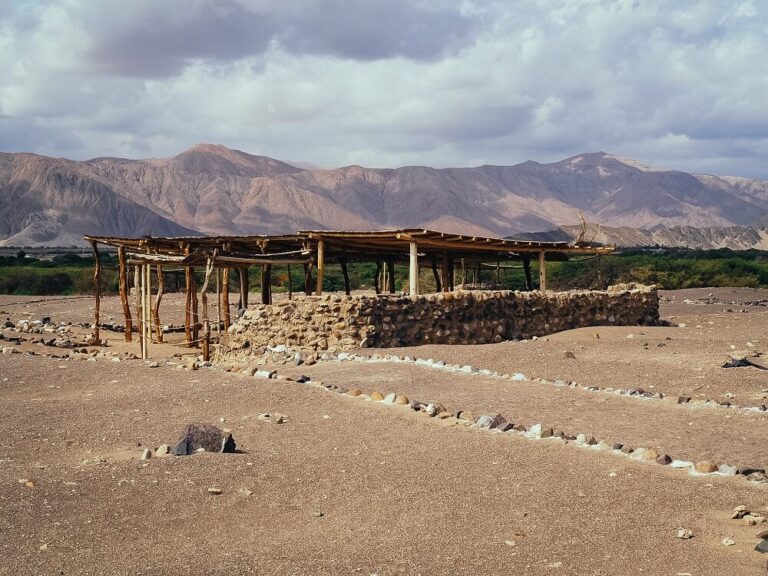
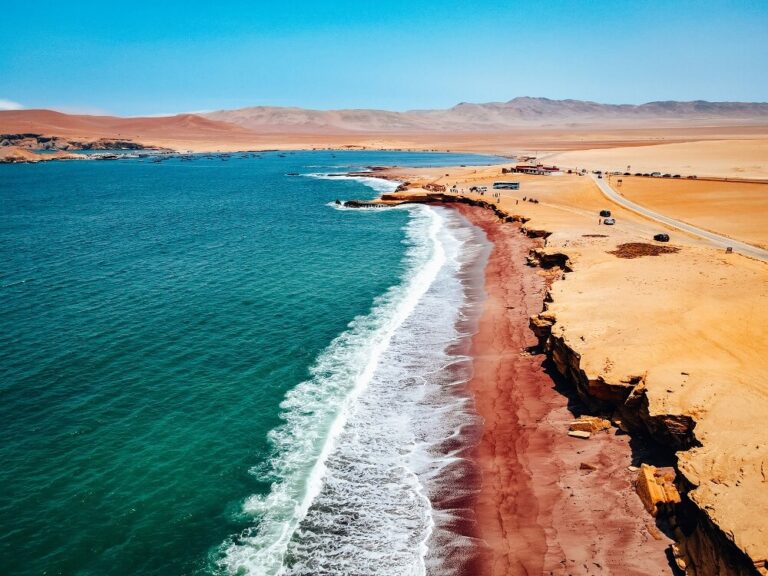

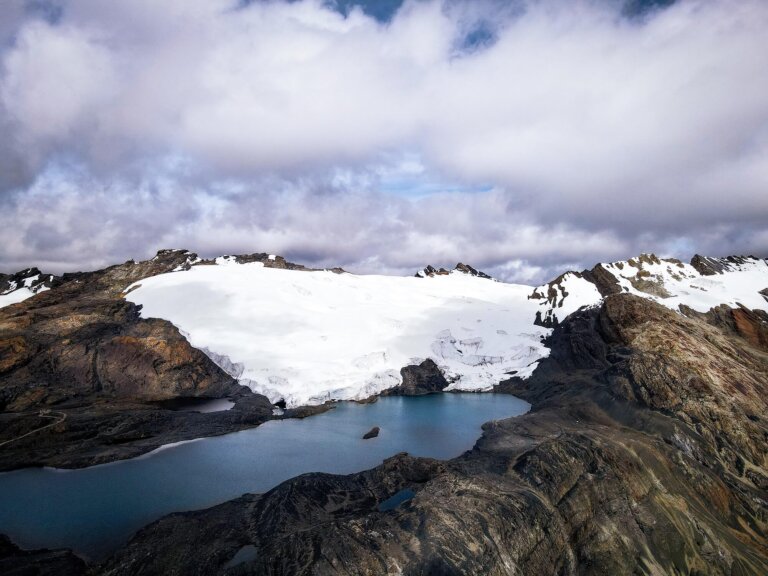
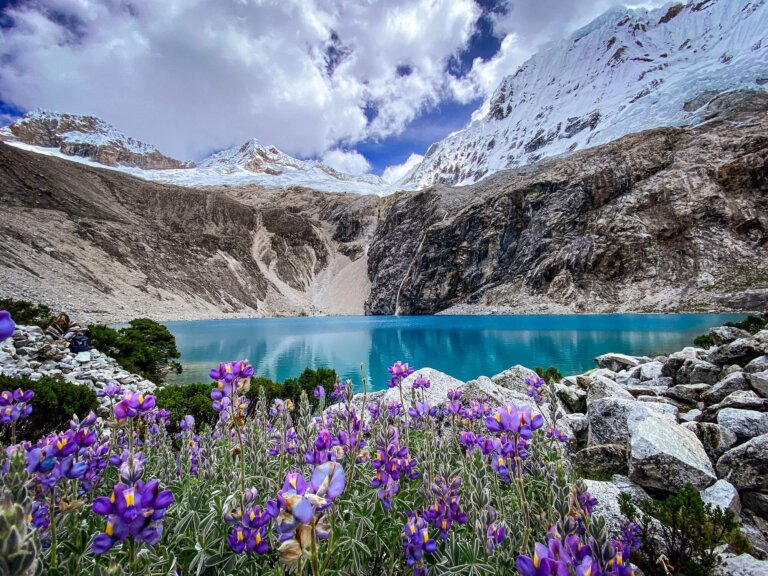
It has all you need! Thanks for a really useful guide 😍
Thank you Karan, we glad you found this itinerary useful 🙂
As always you deliver such in-depth itineraries on your blog. I loved reading this listicle of the top things to do in Peru and I’ll be saving this for a future trip. By the way, I love your photos they’re absolutely stunning! Thanks for sharing this Kitti!
Thank you so much Kelly, your positive feedback means a lot! Hope you can visit Peru soon.
What a wonderful and detailed post about Peru. I’m jealous just reading about this amazing, and long, adventure. Looks like so much fun. The photography is great!
Thank you Sarah, we’re so happy to hear that you enjoyed reading our guide.